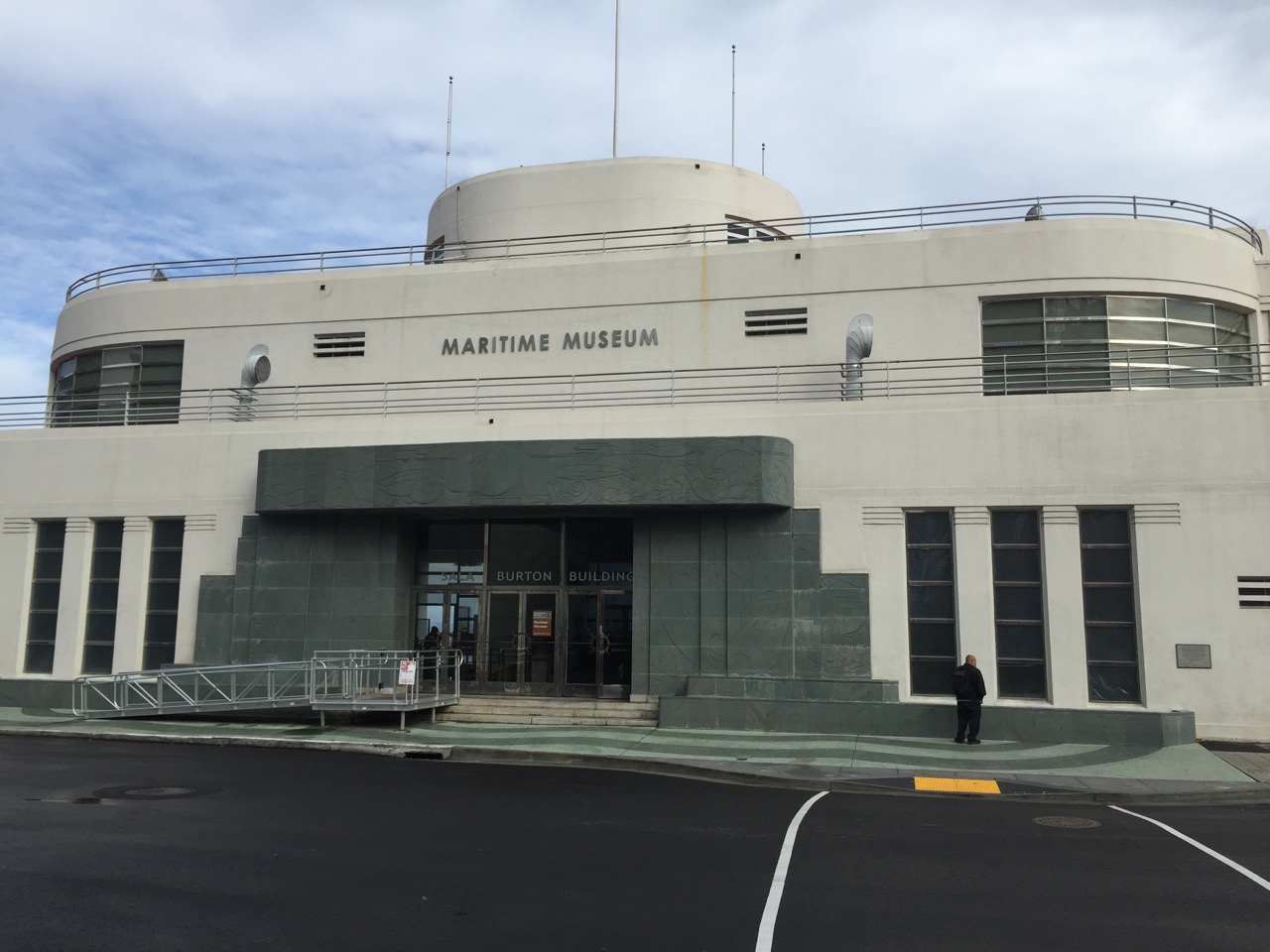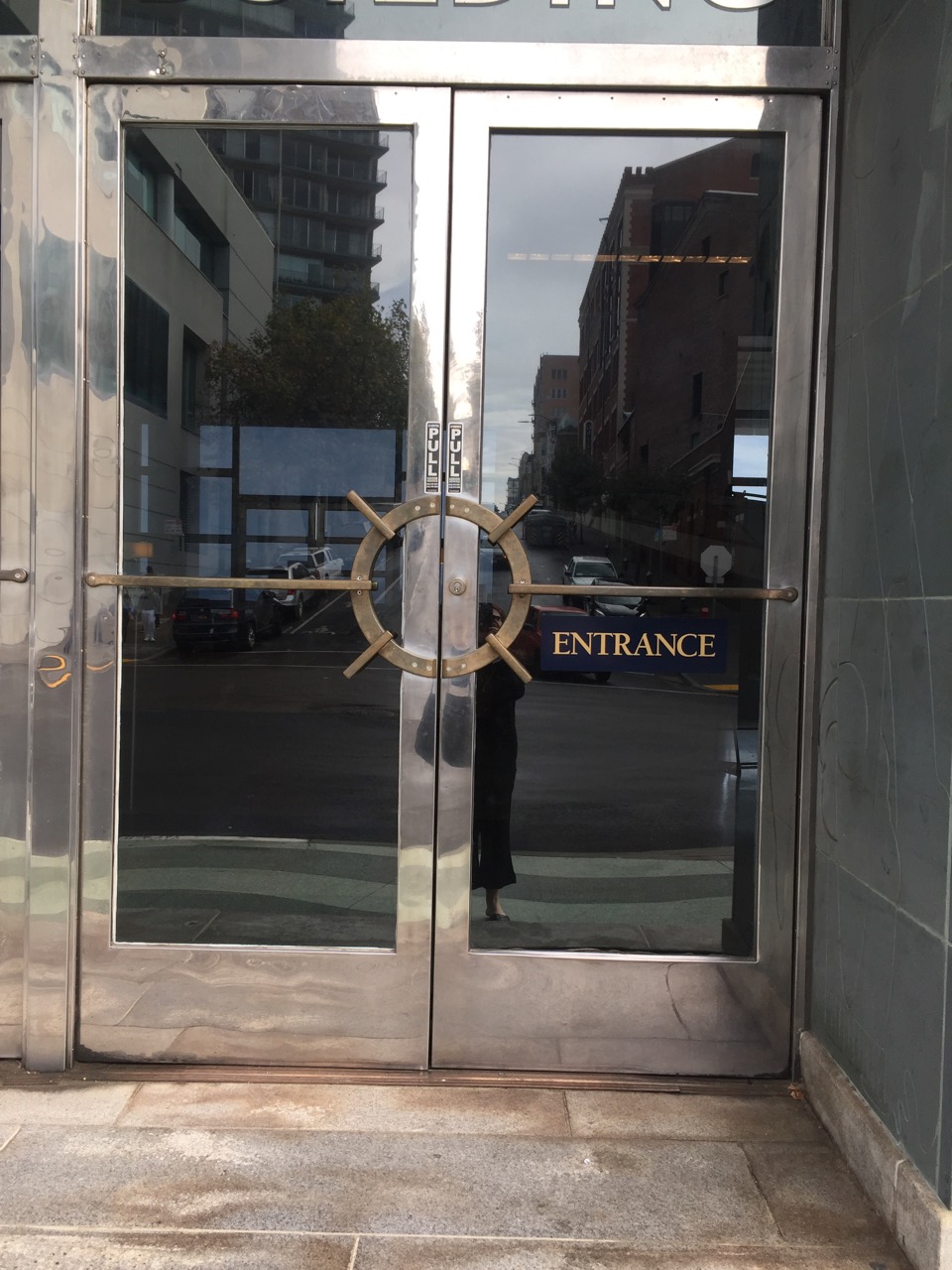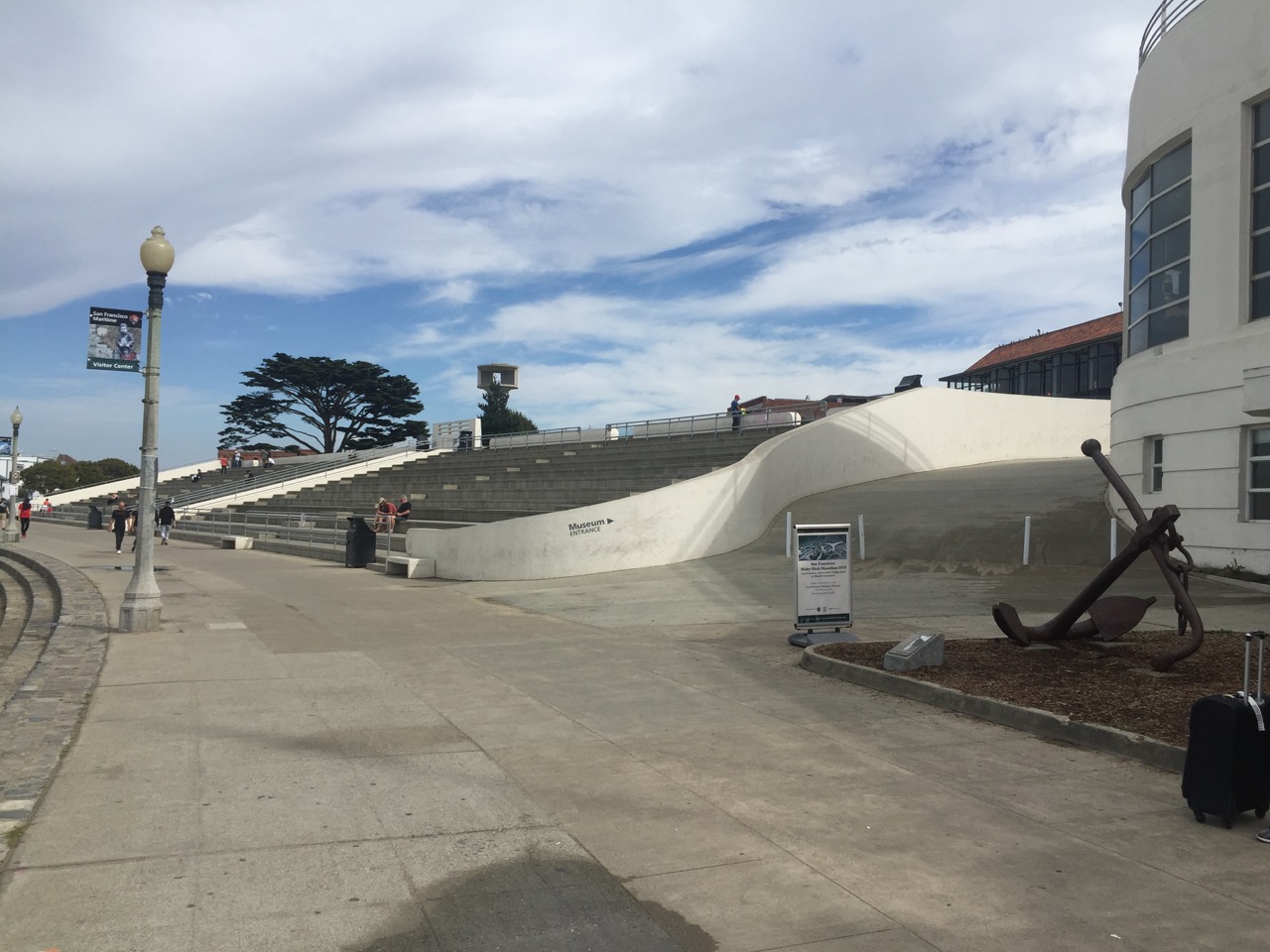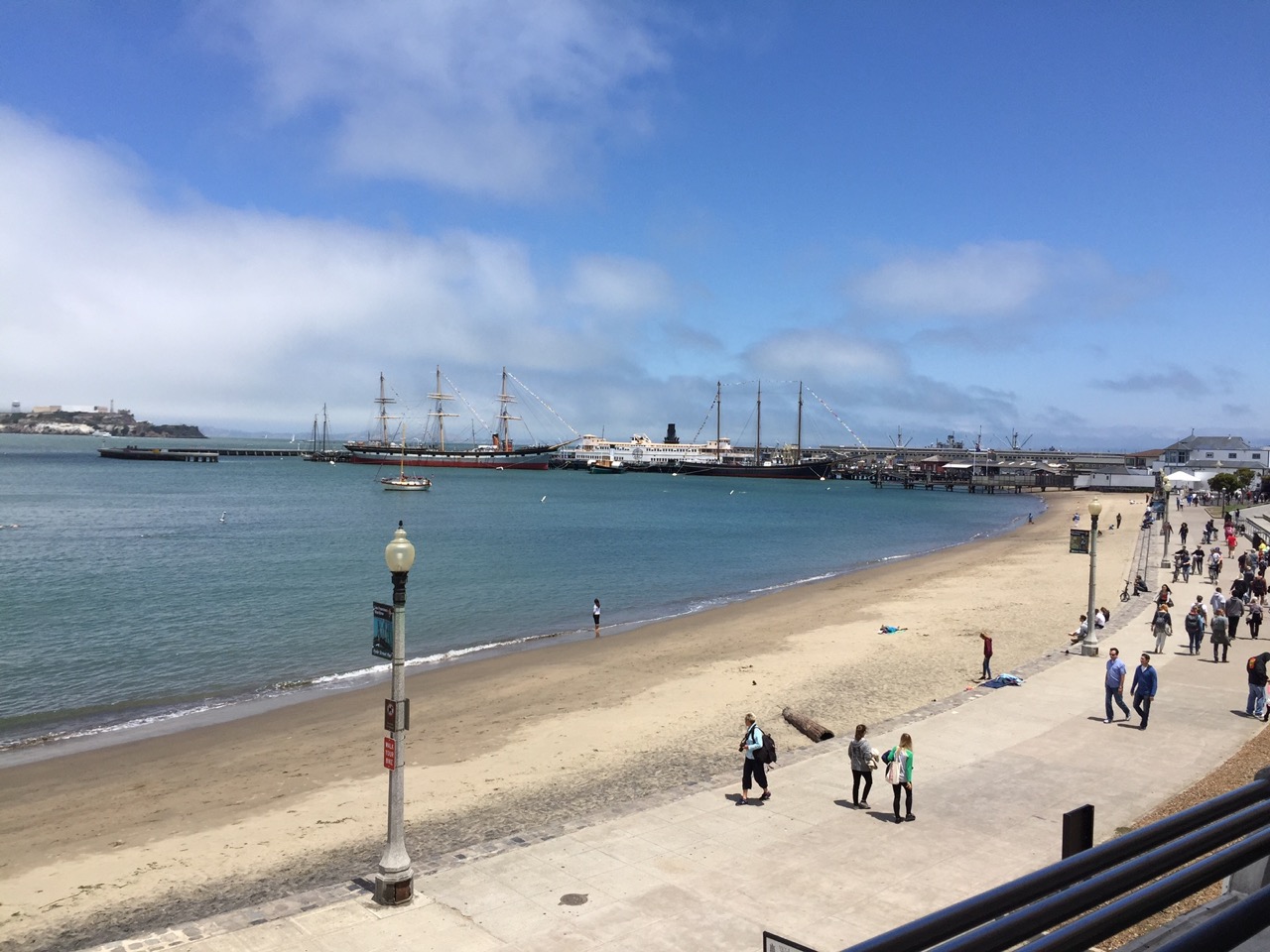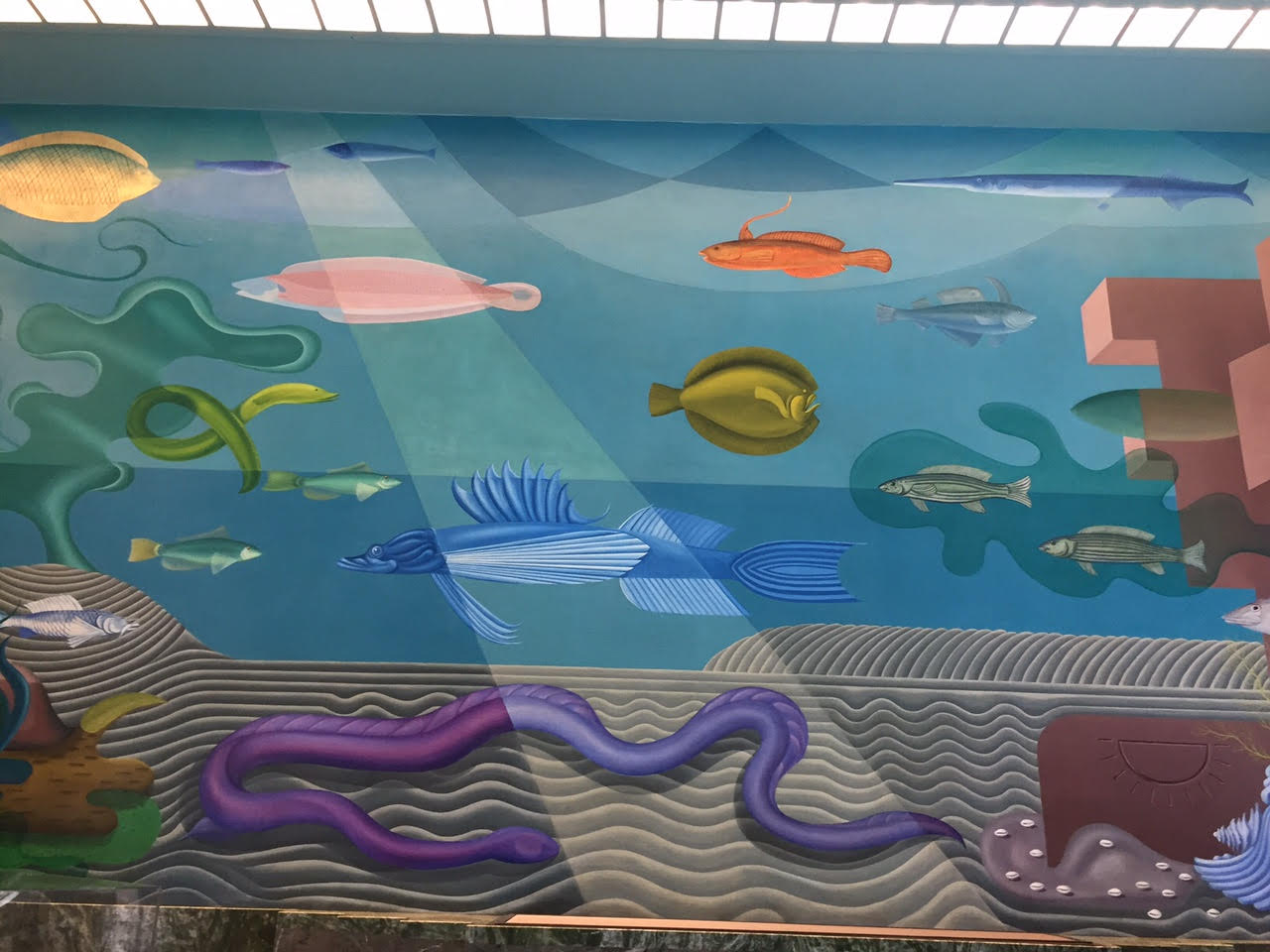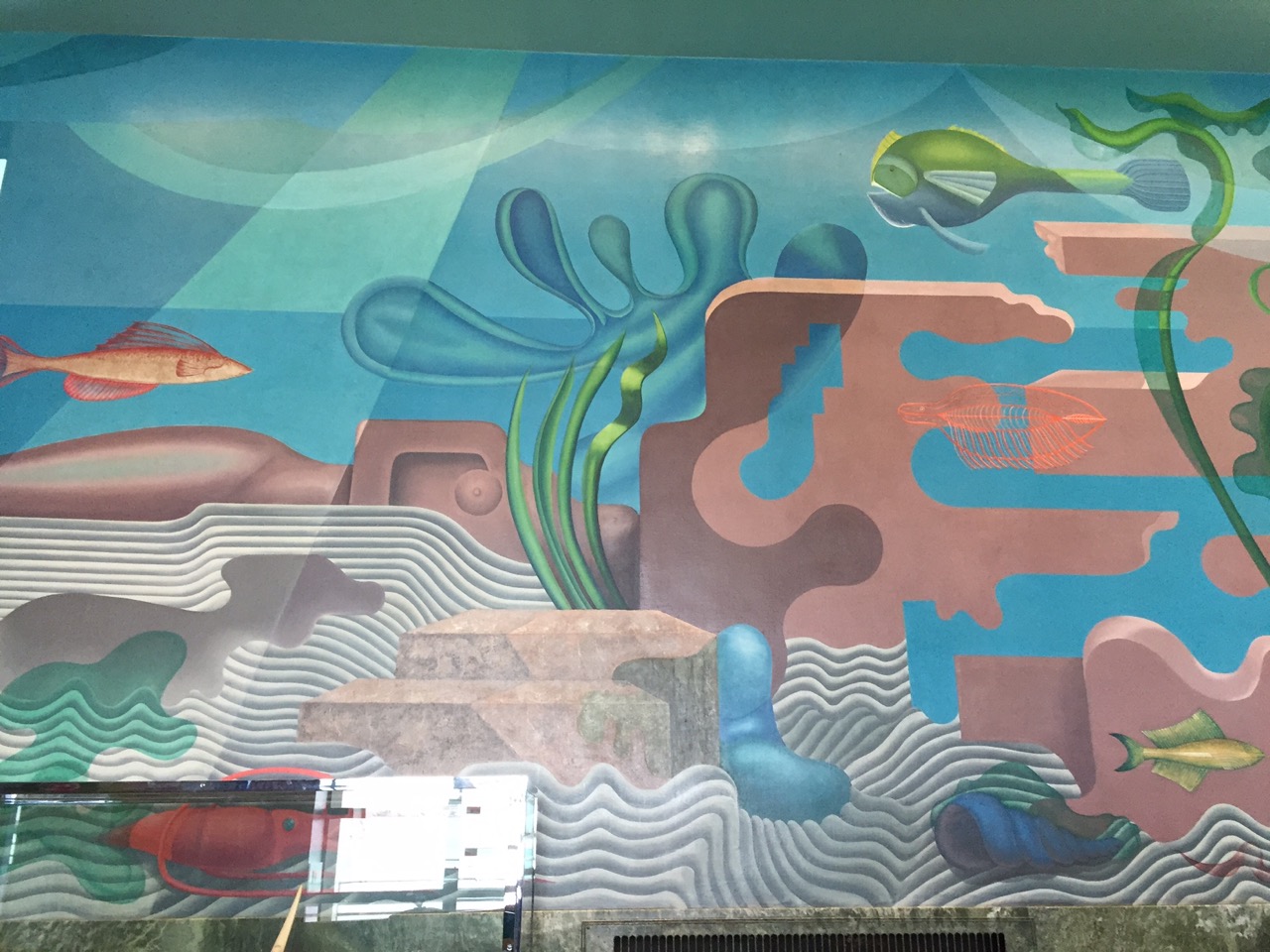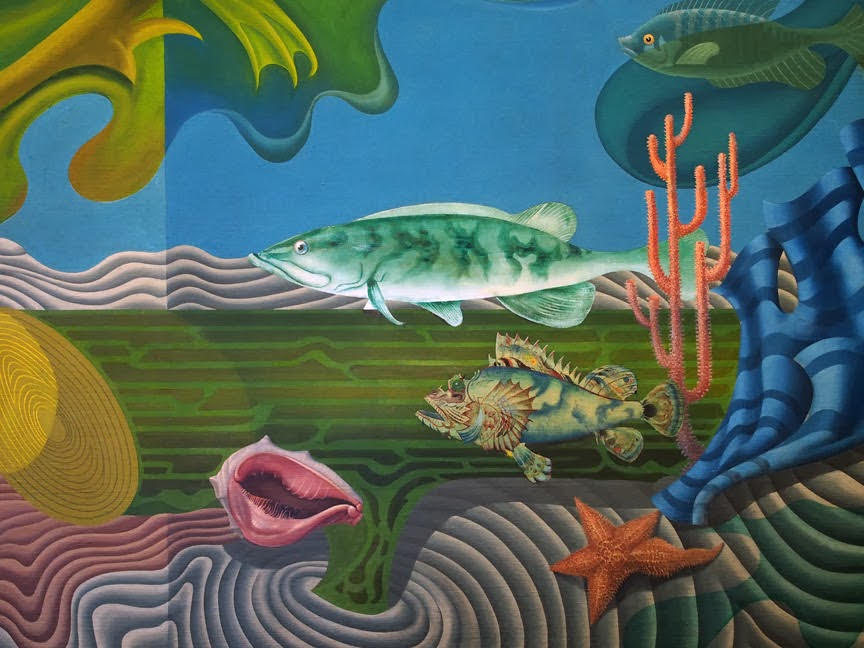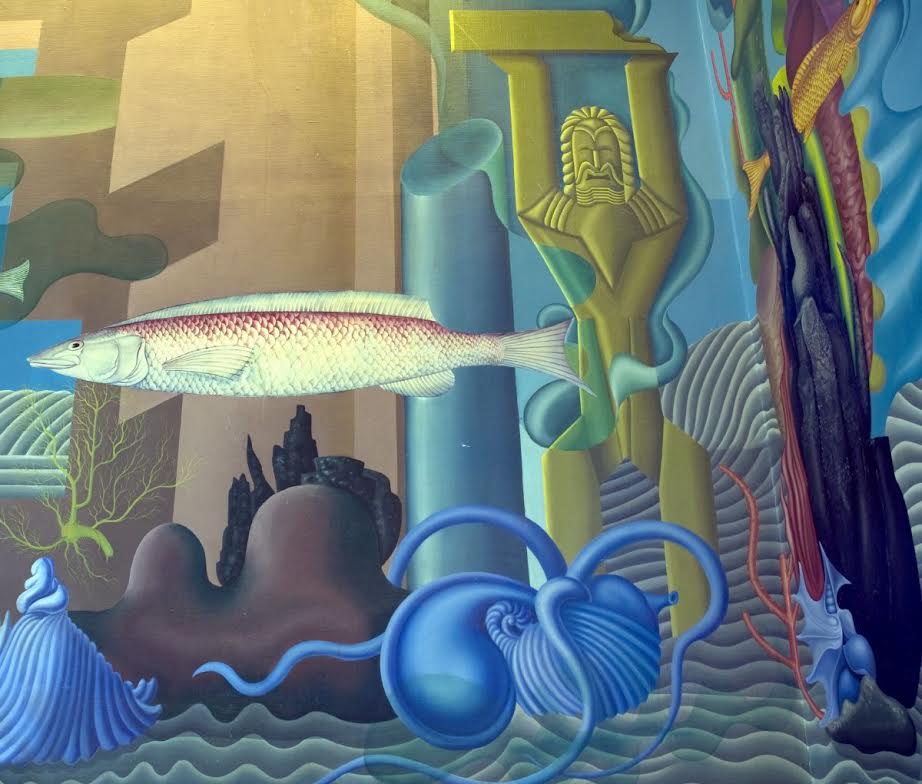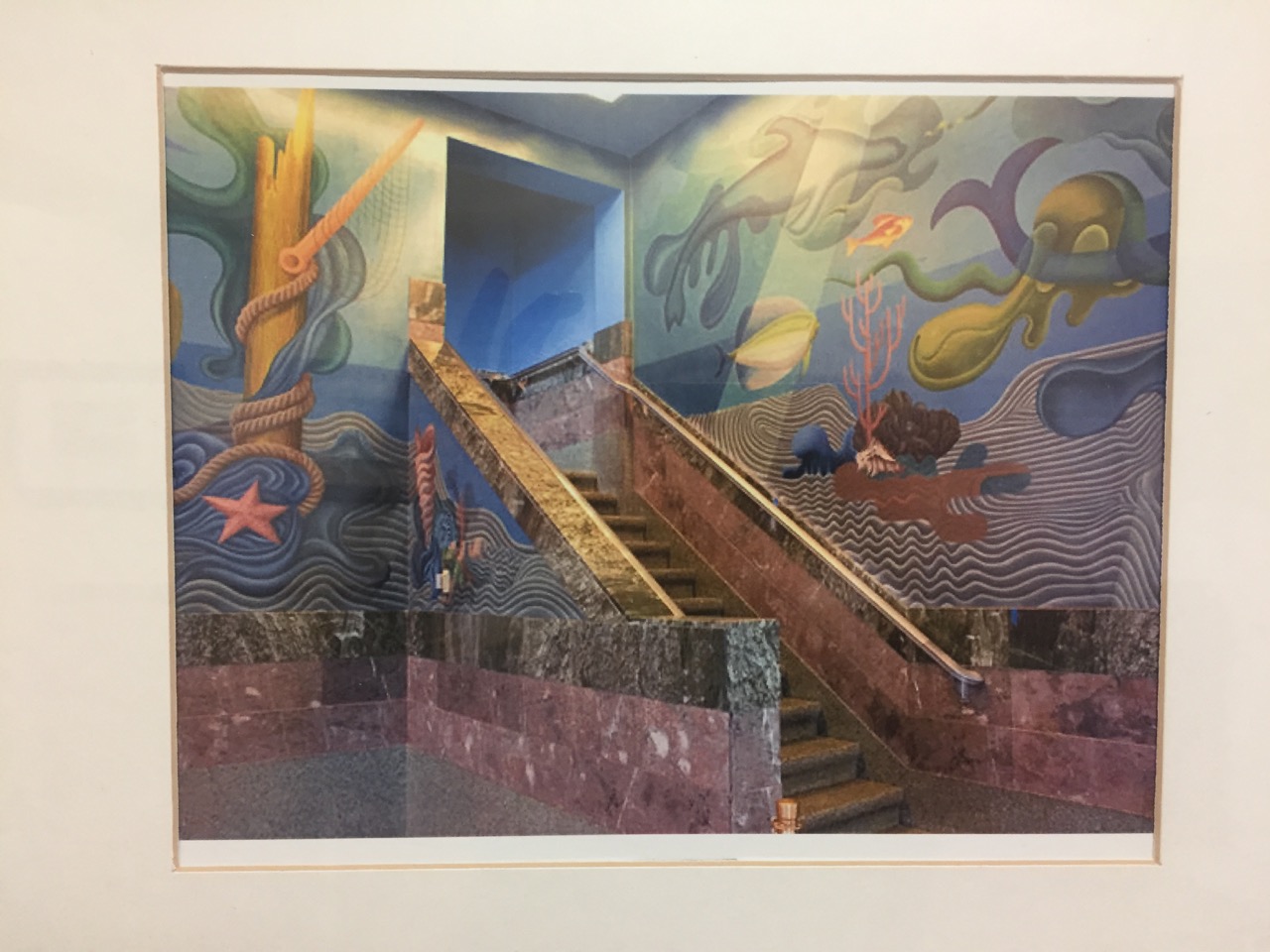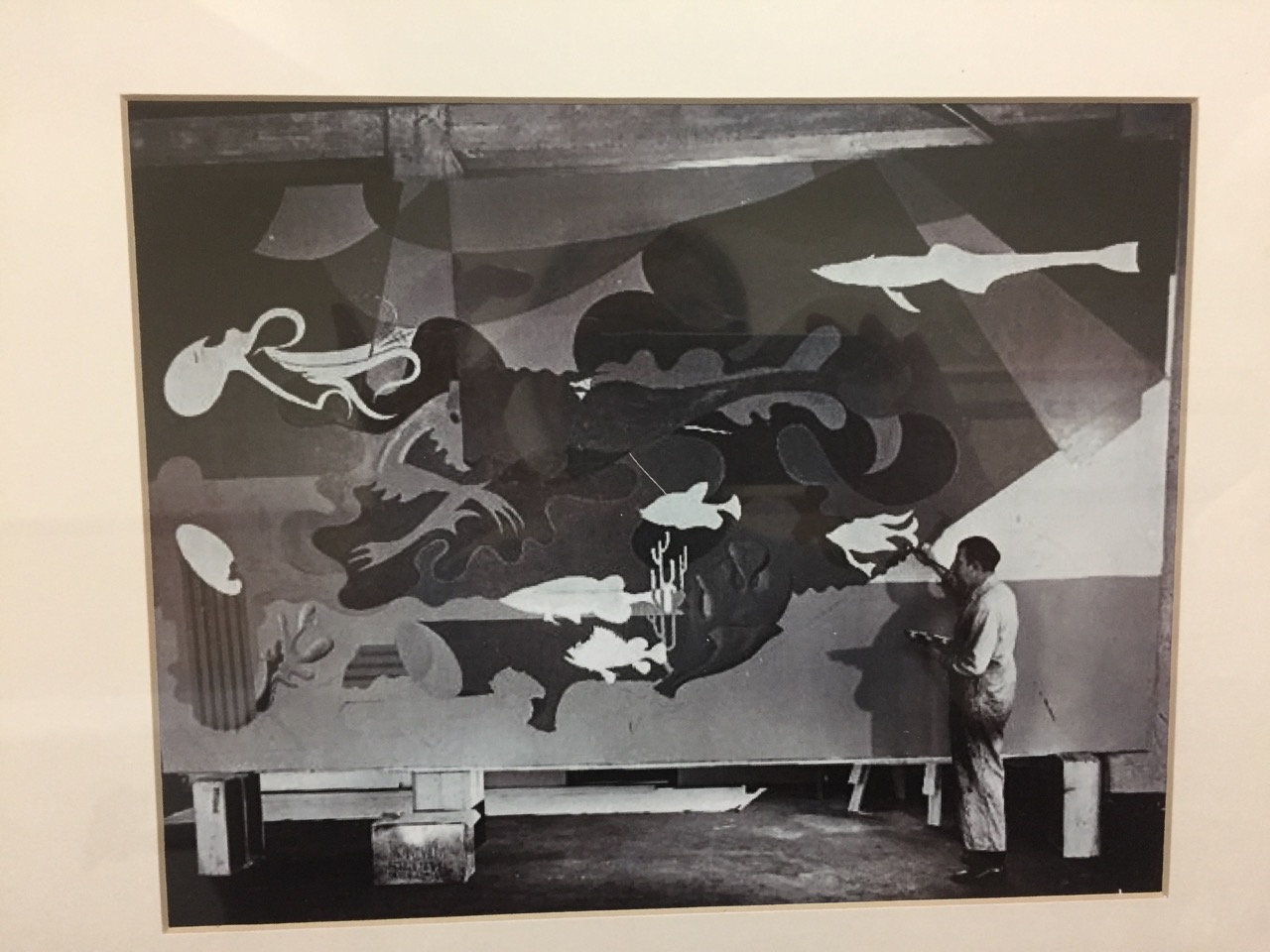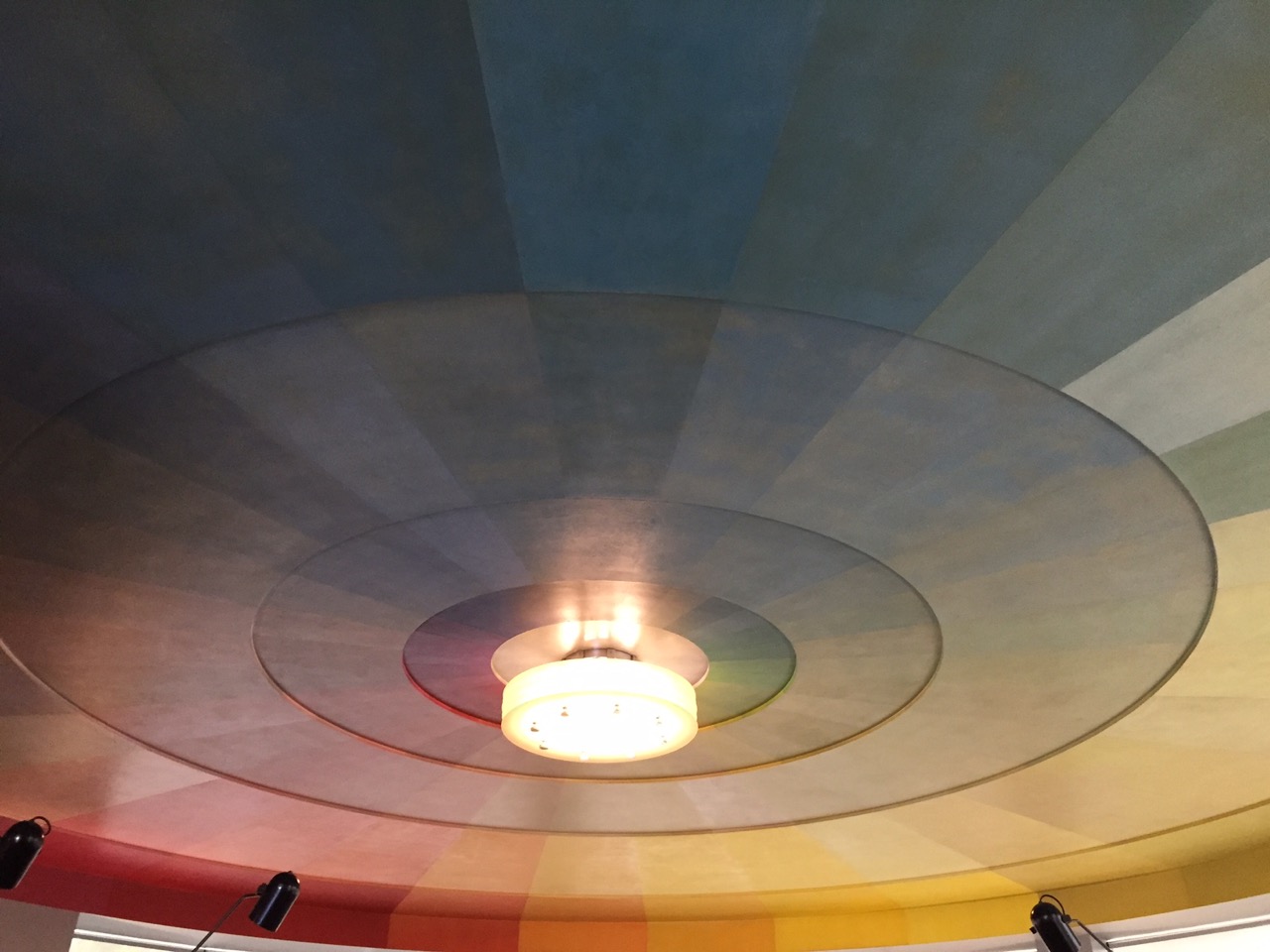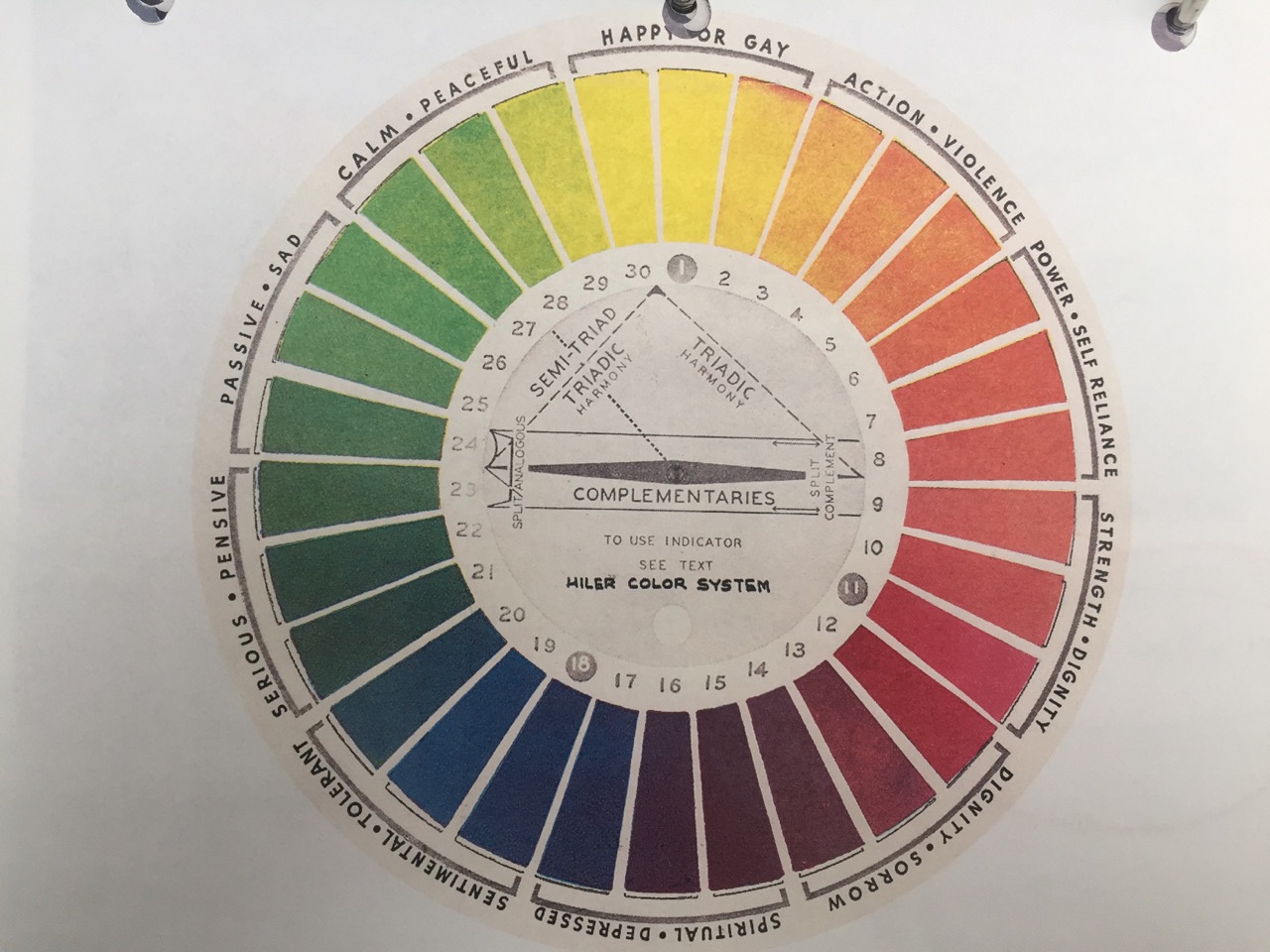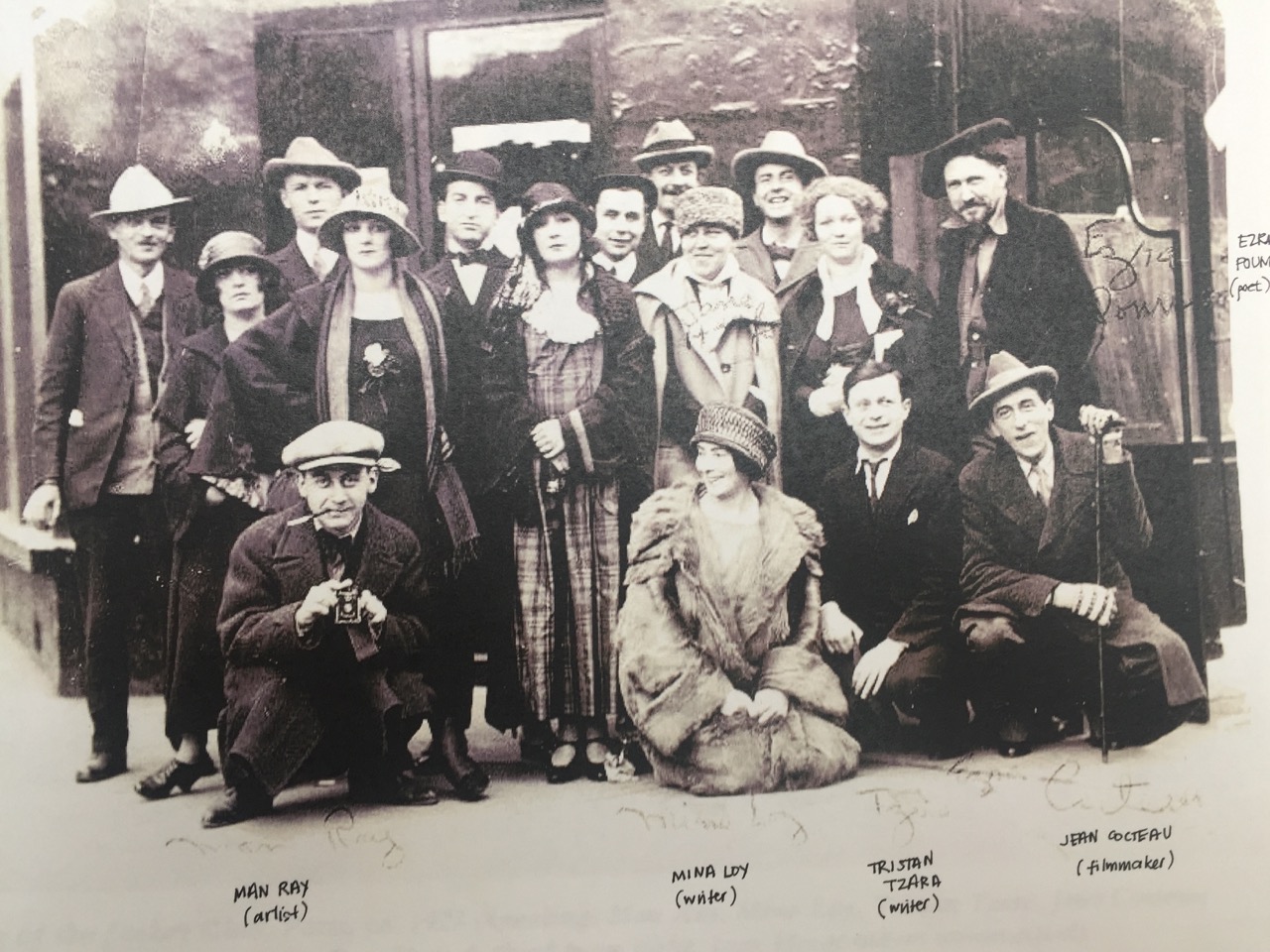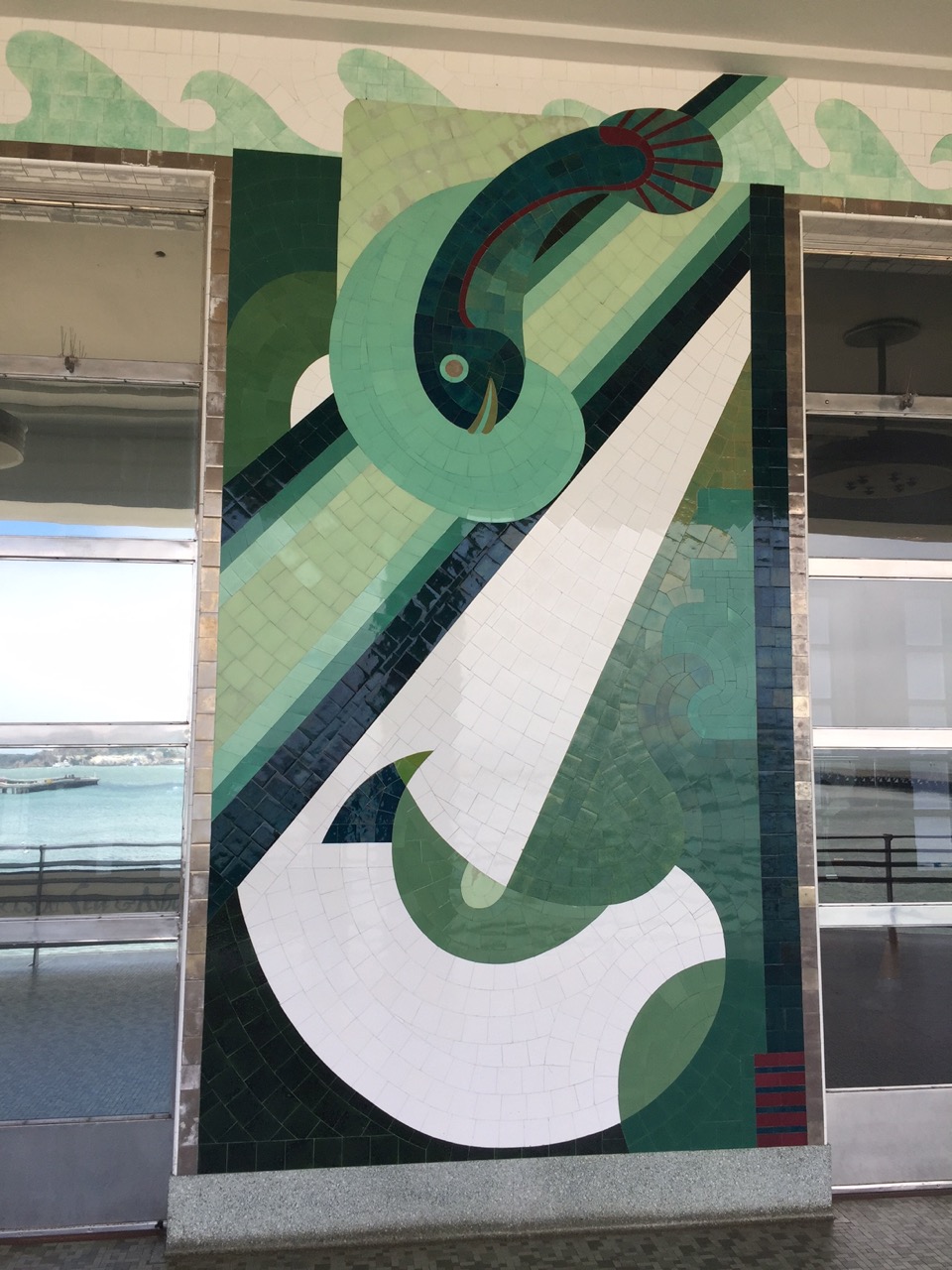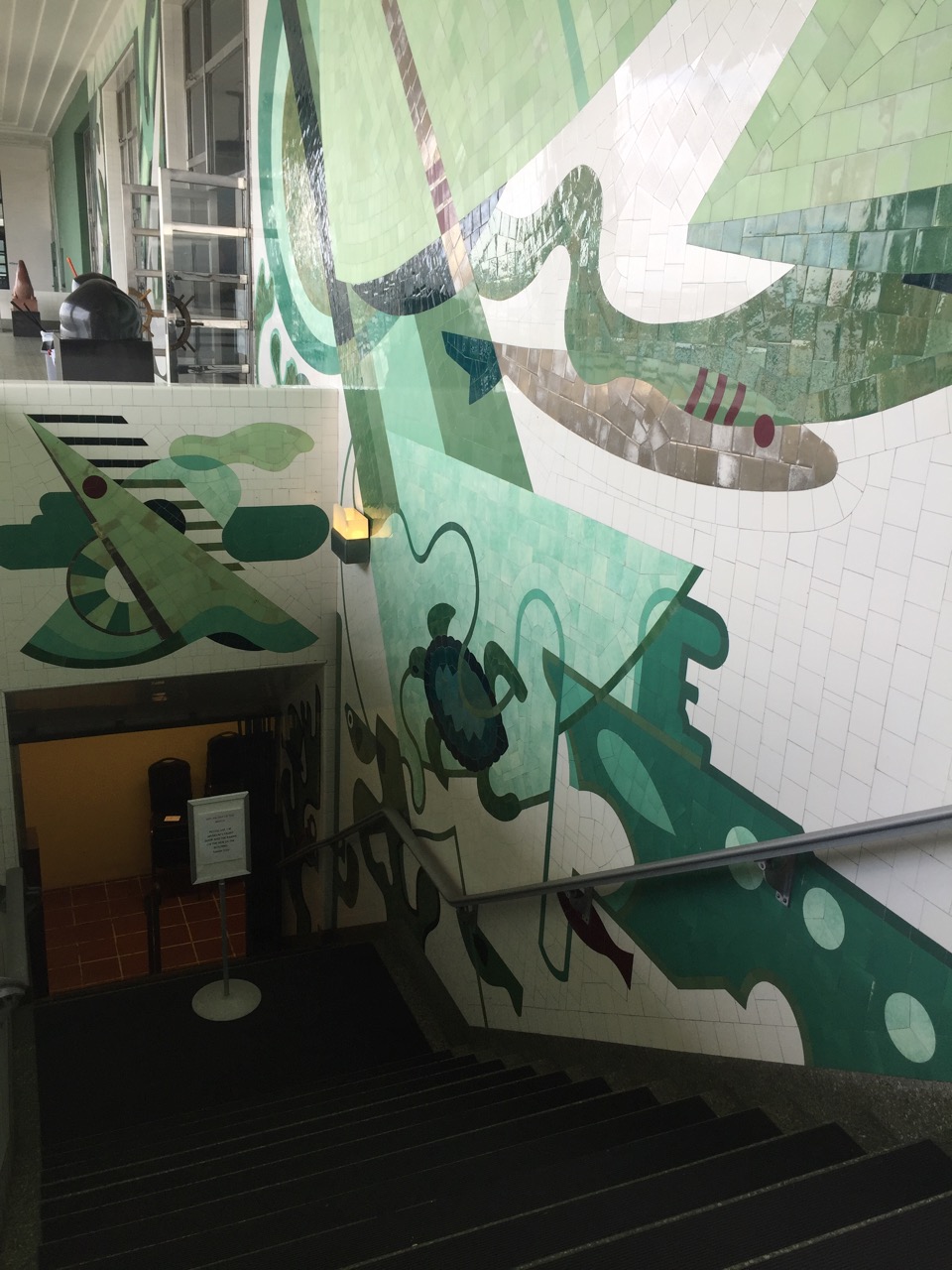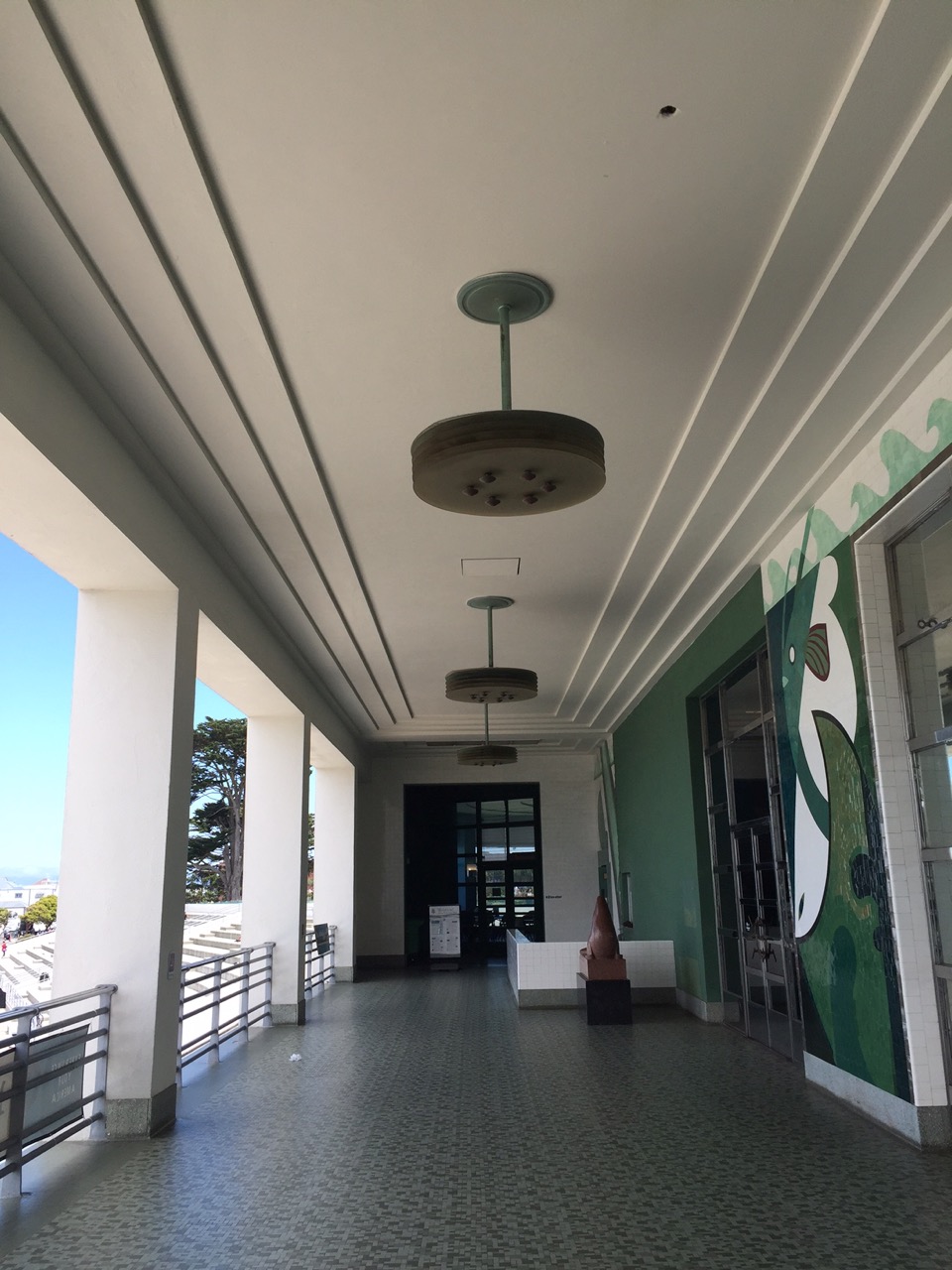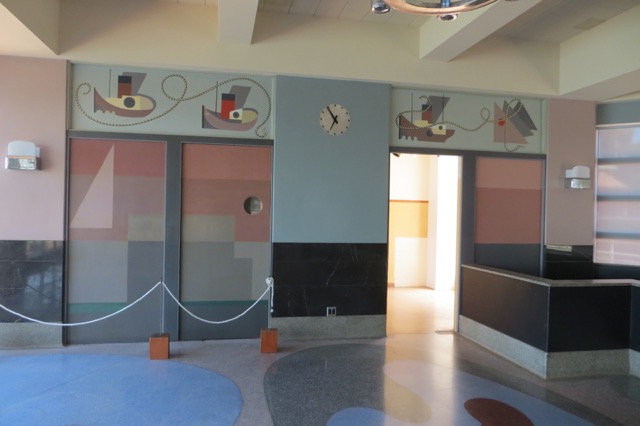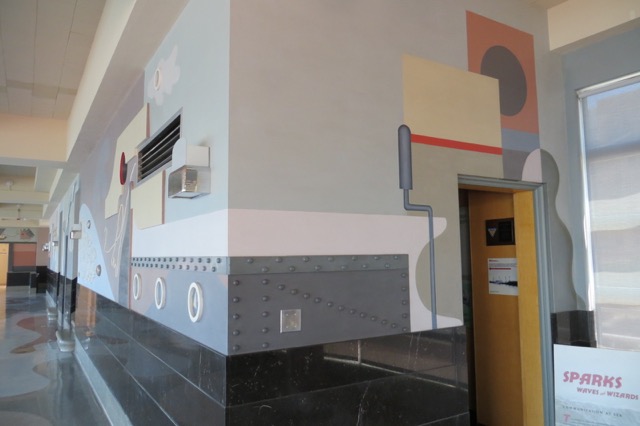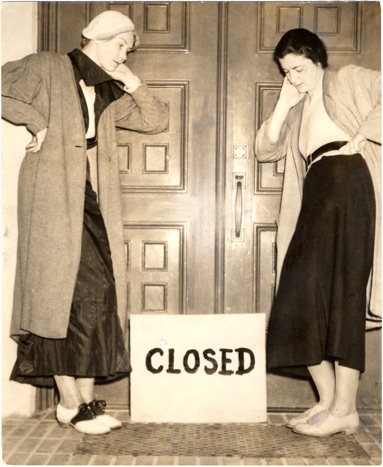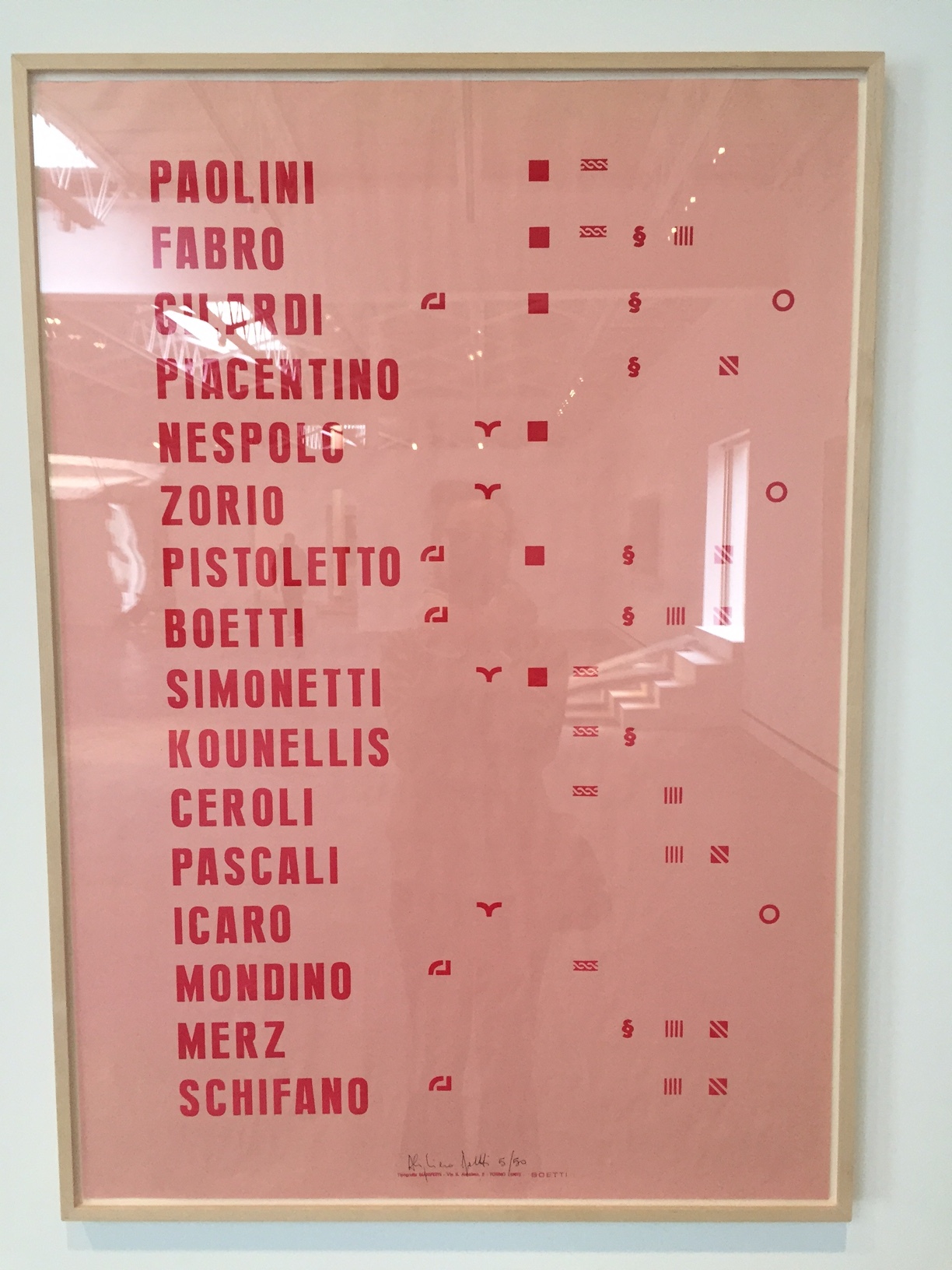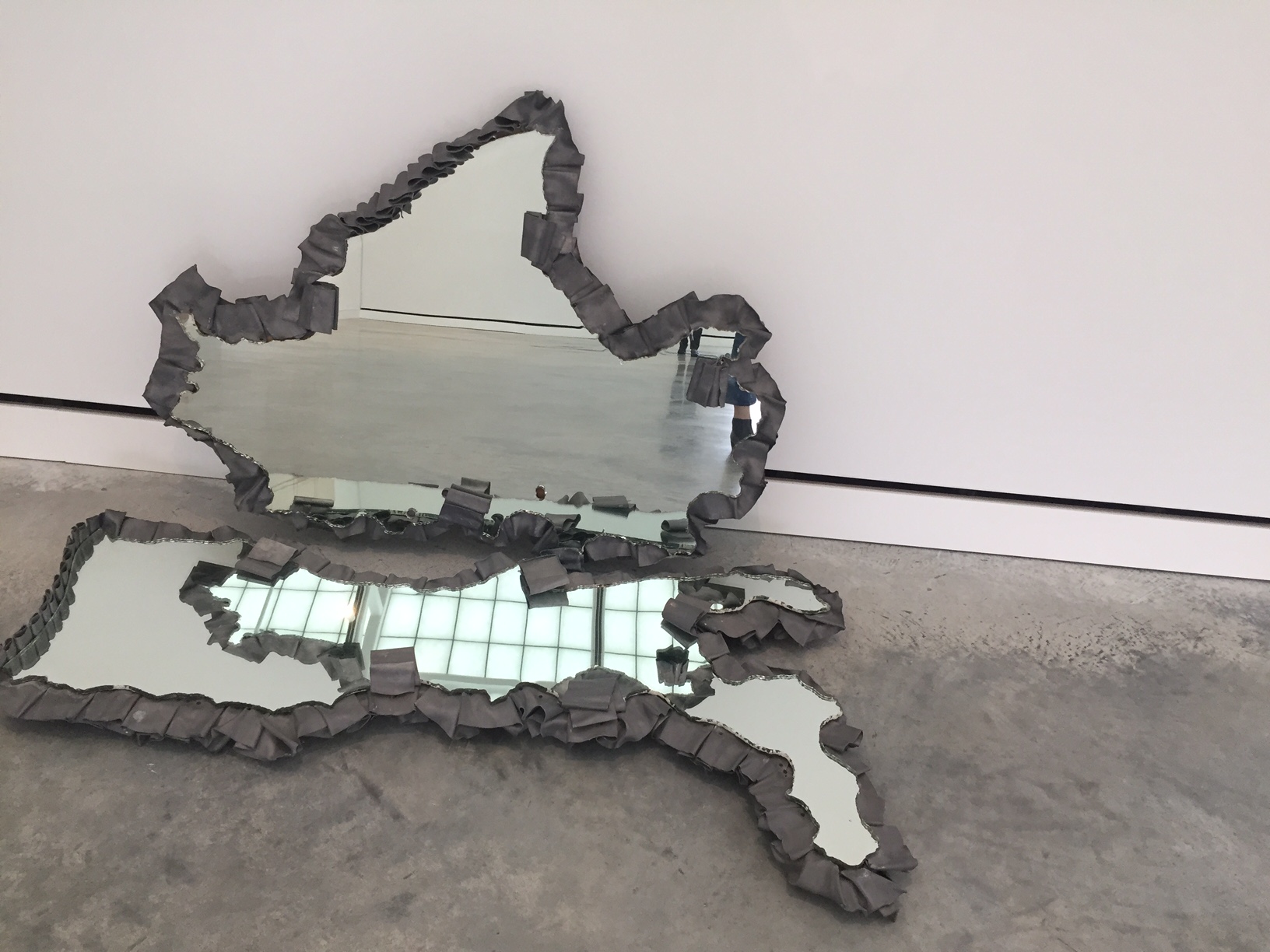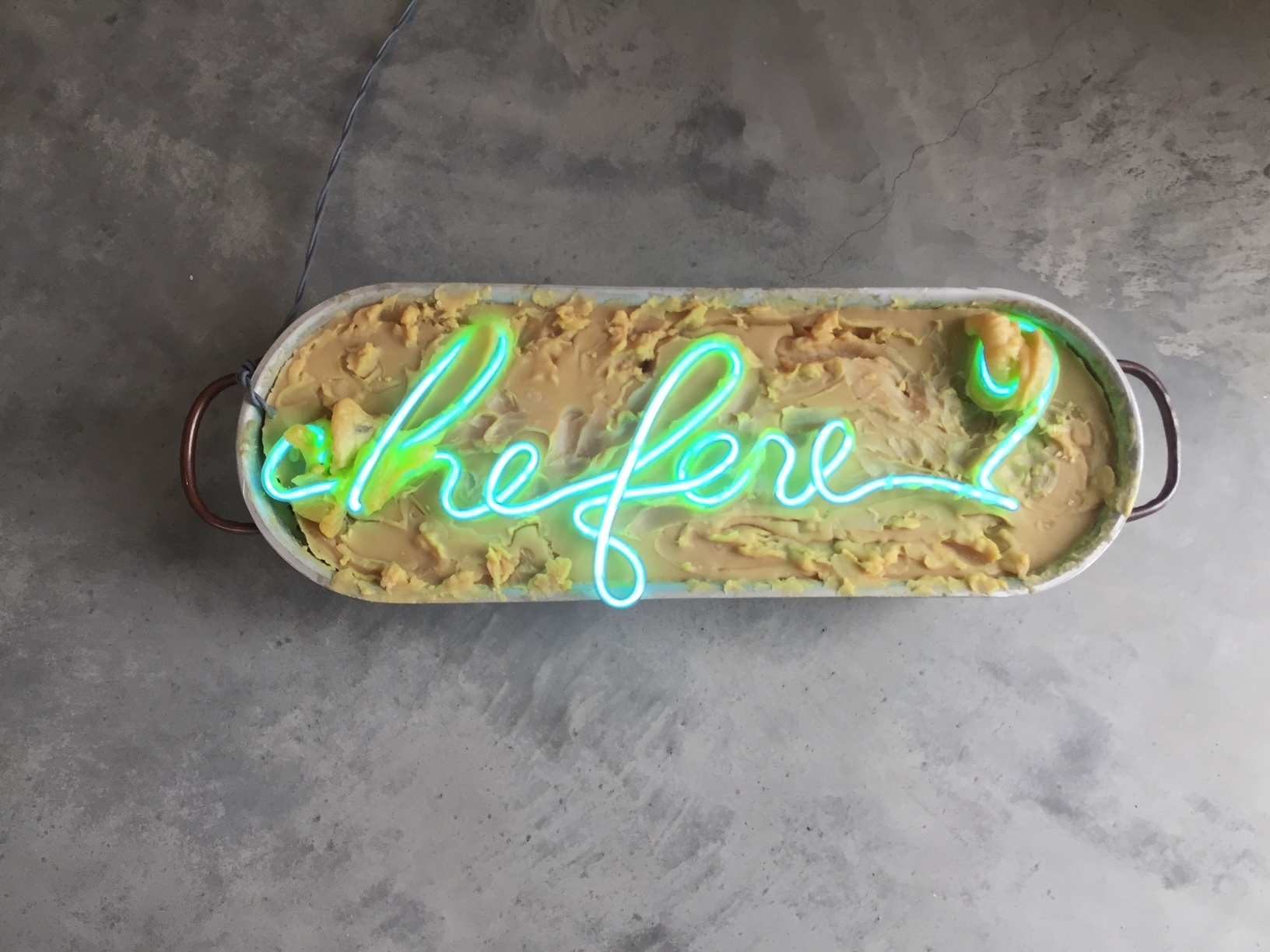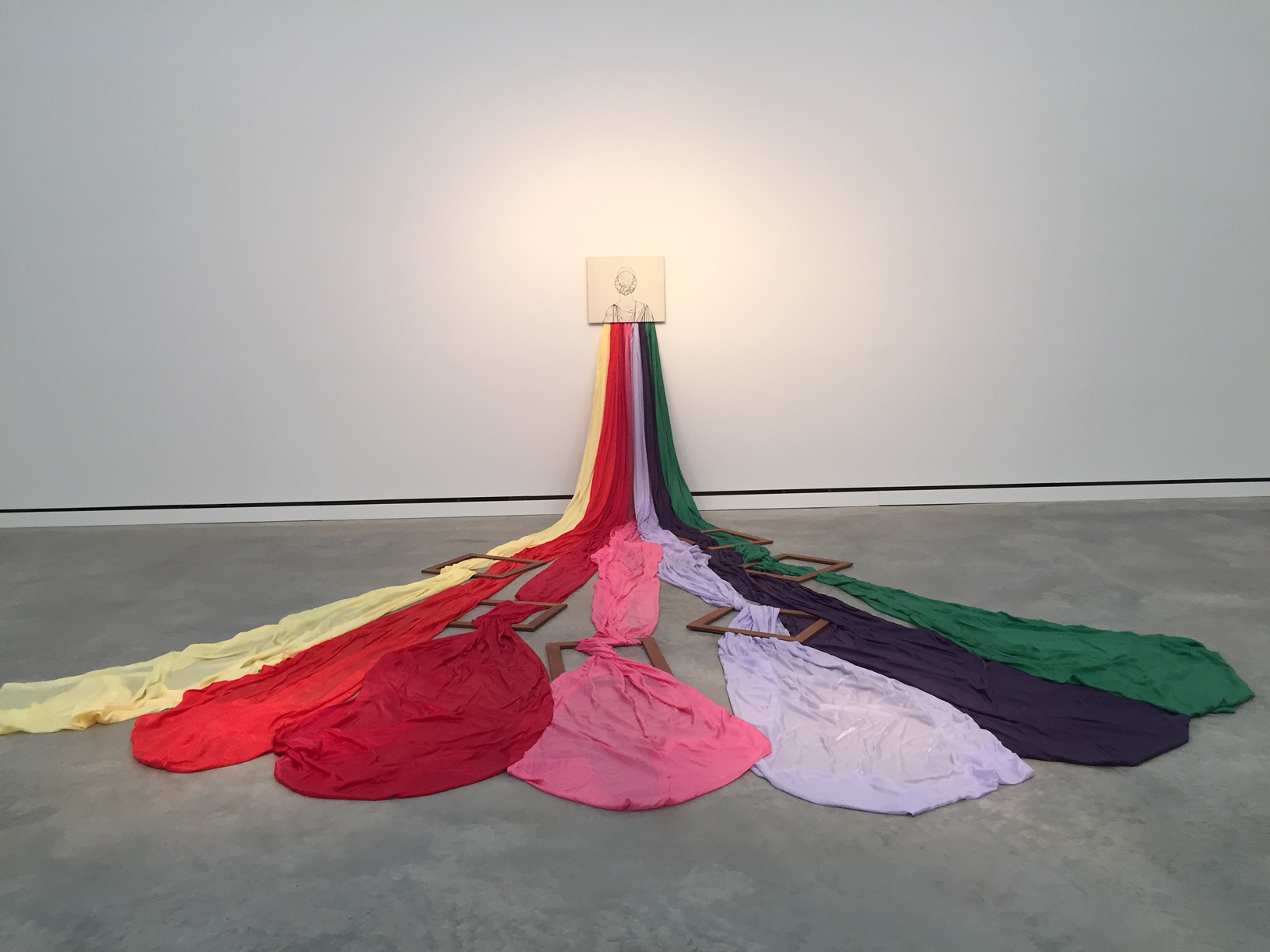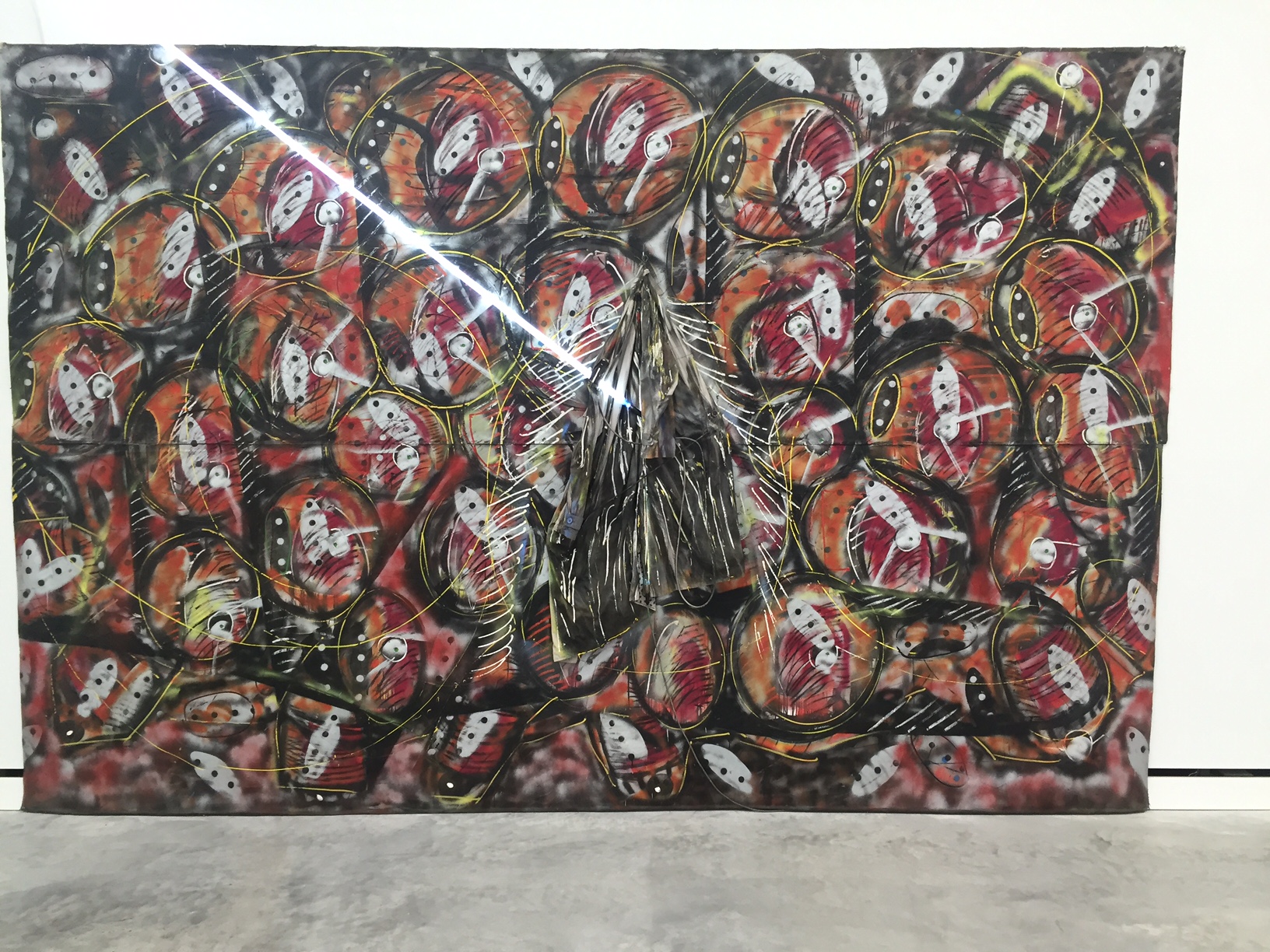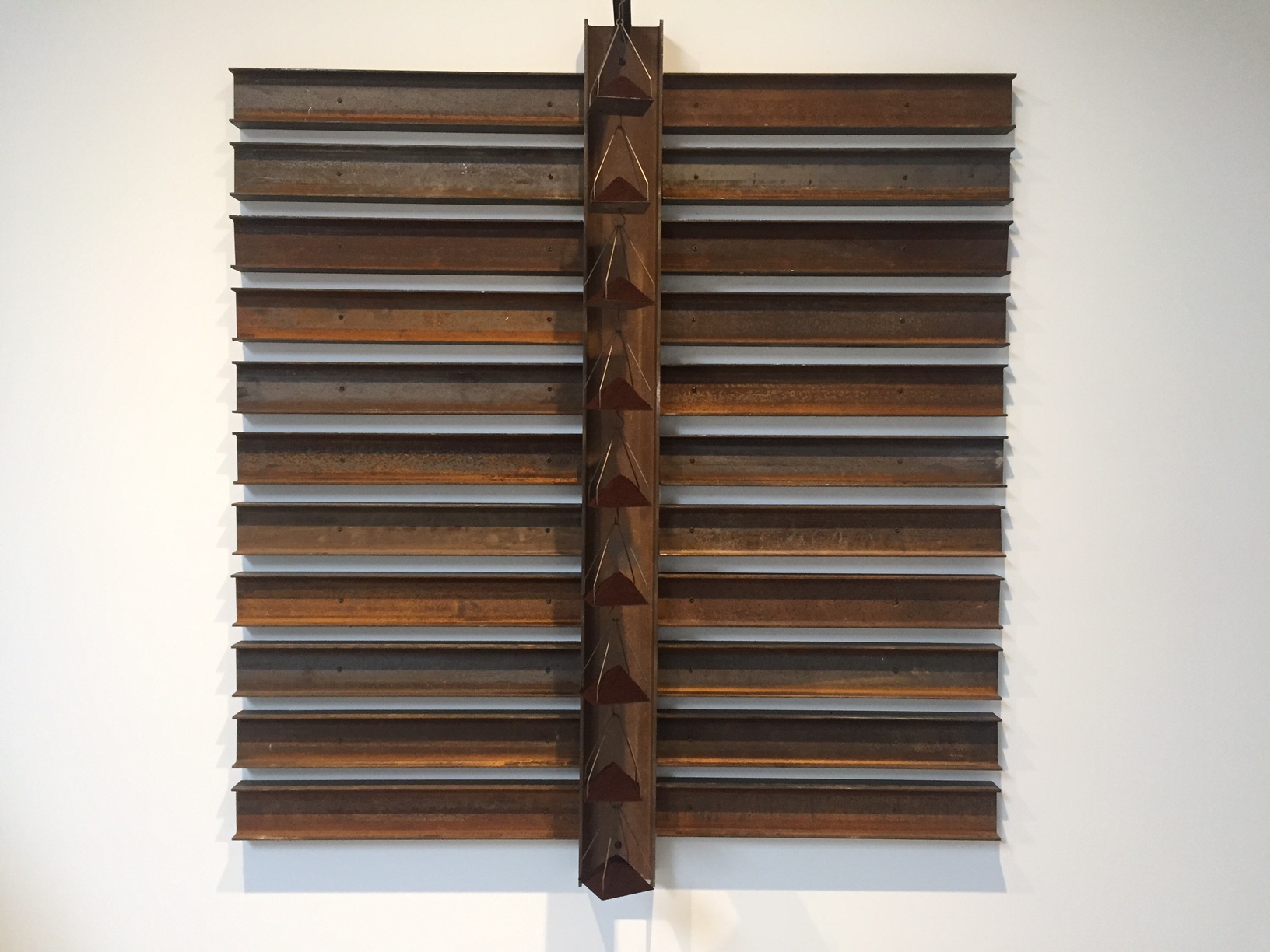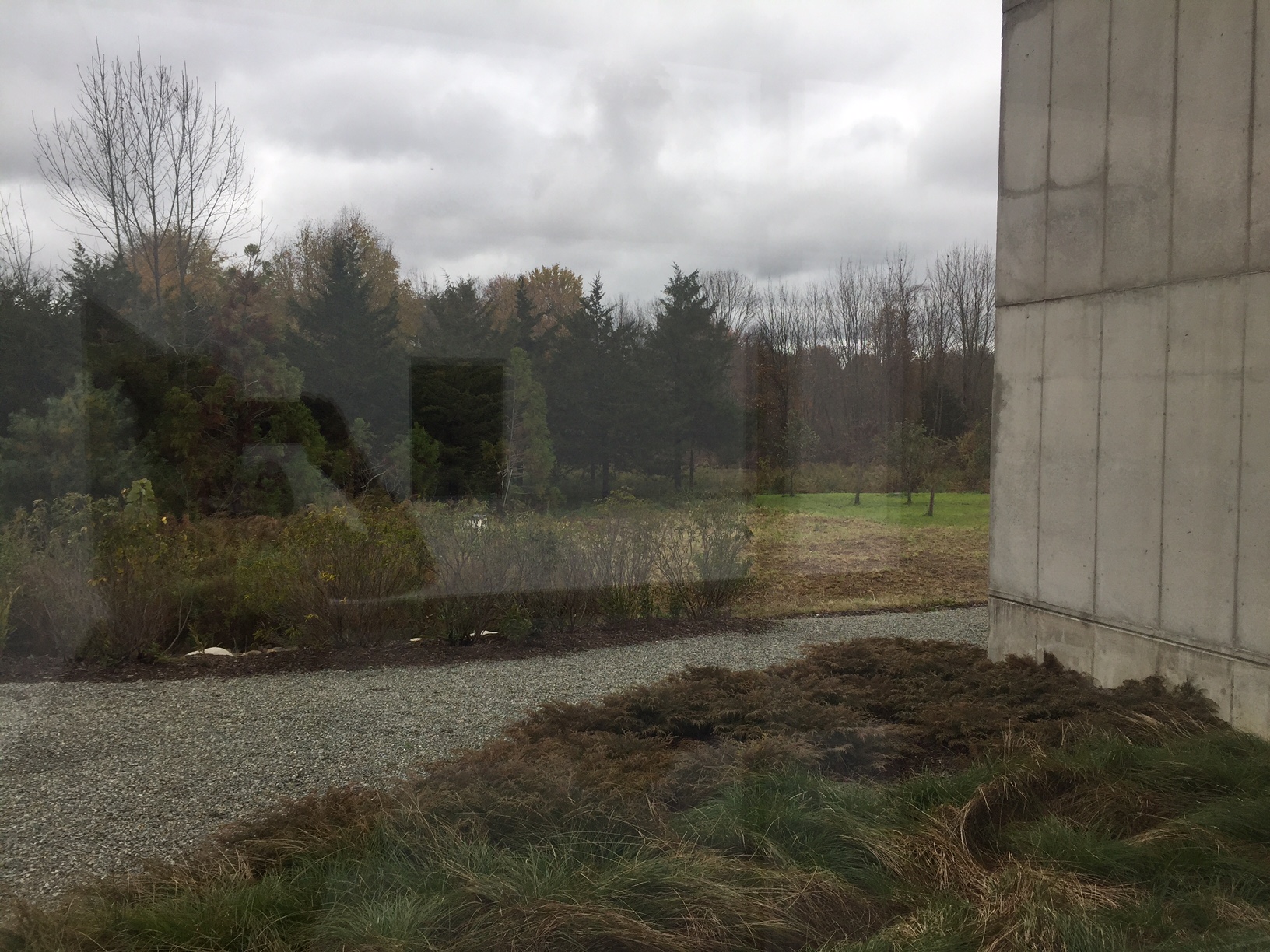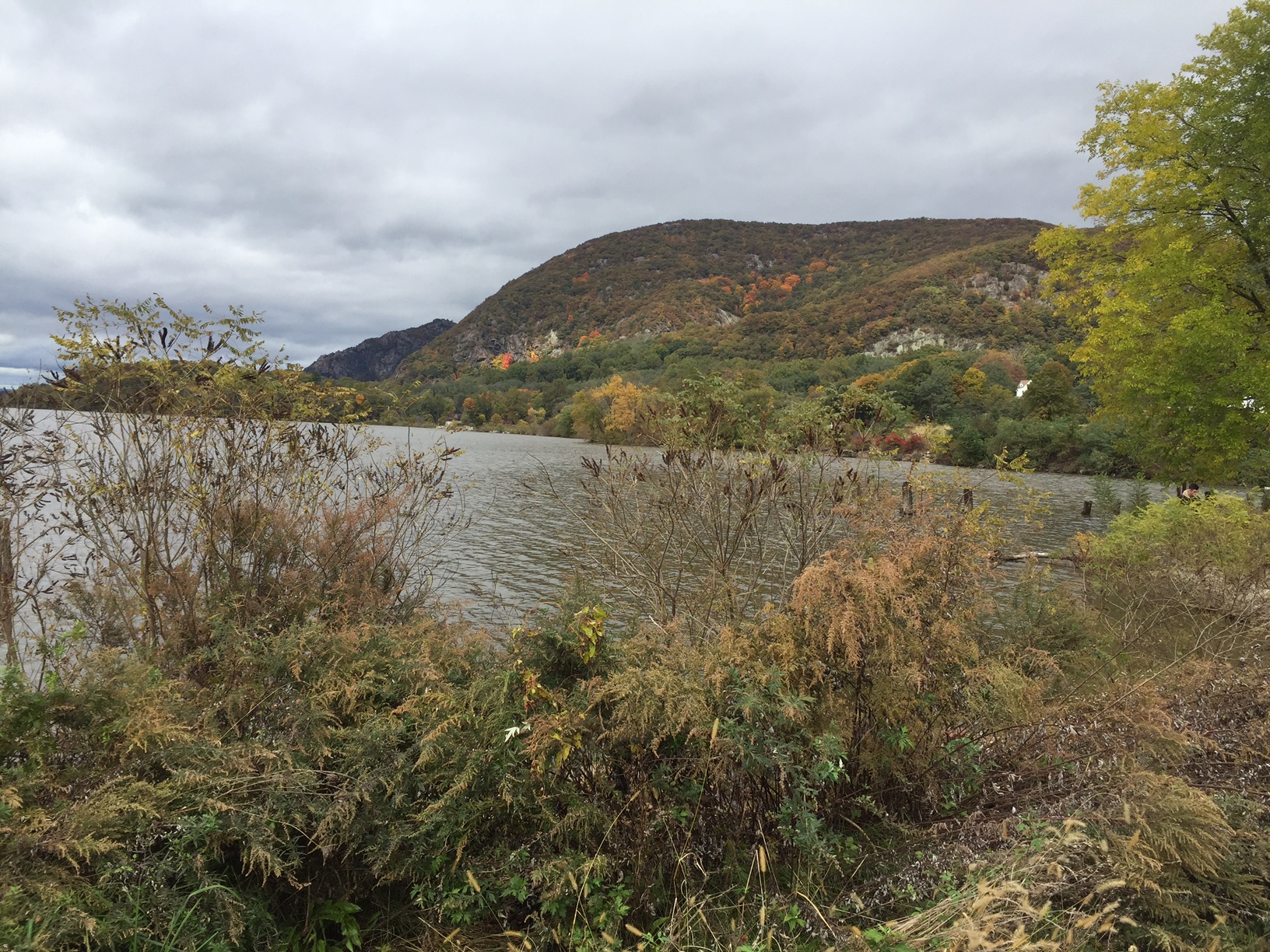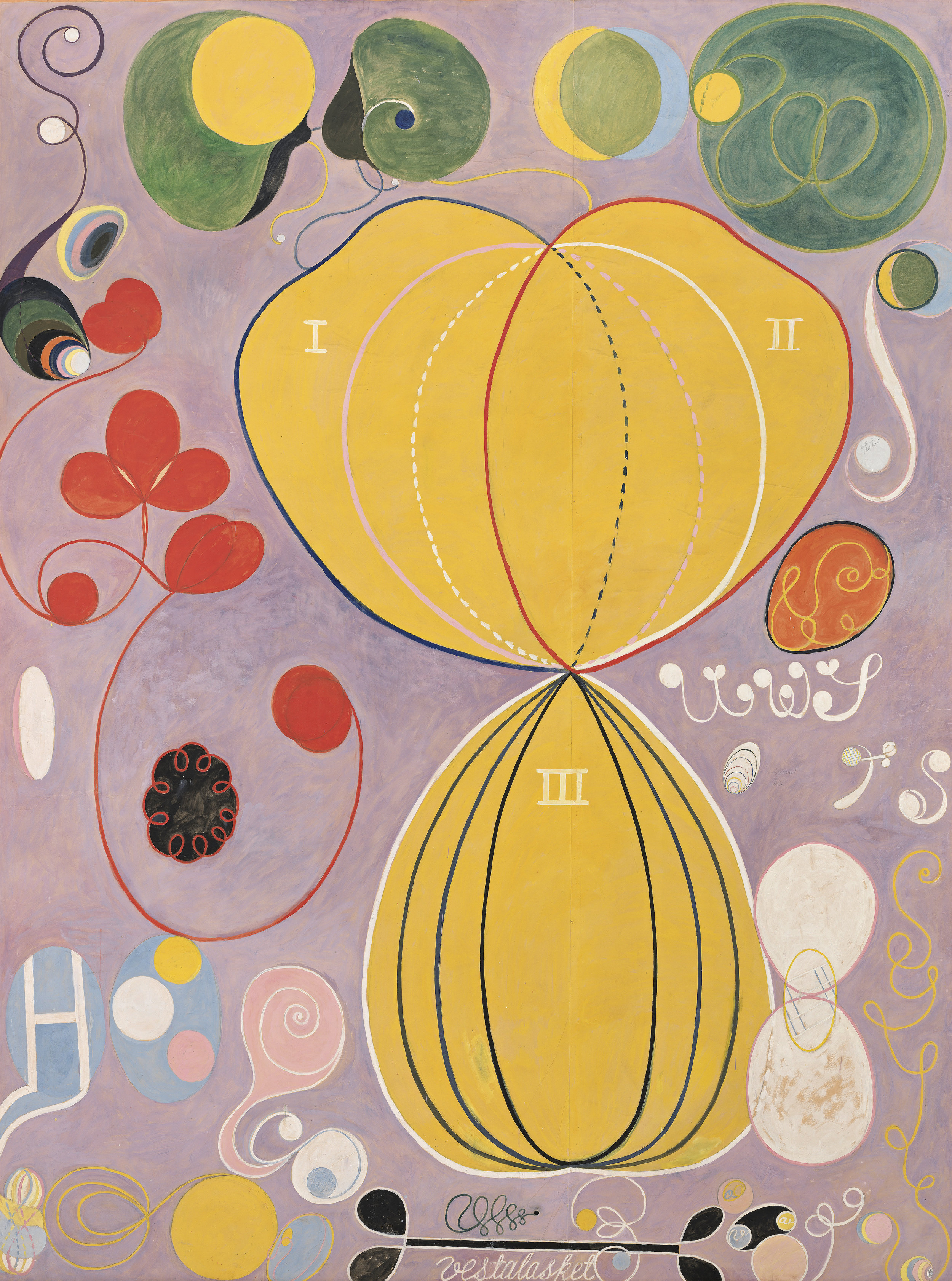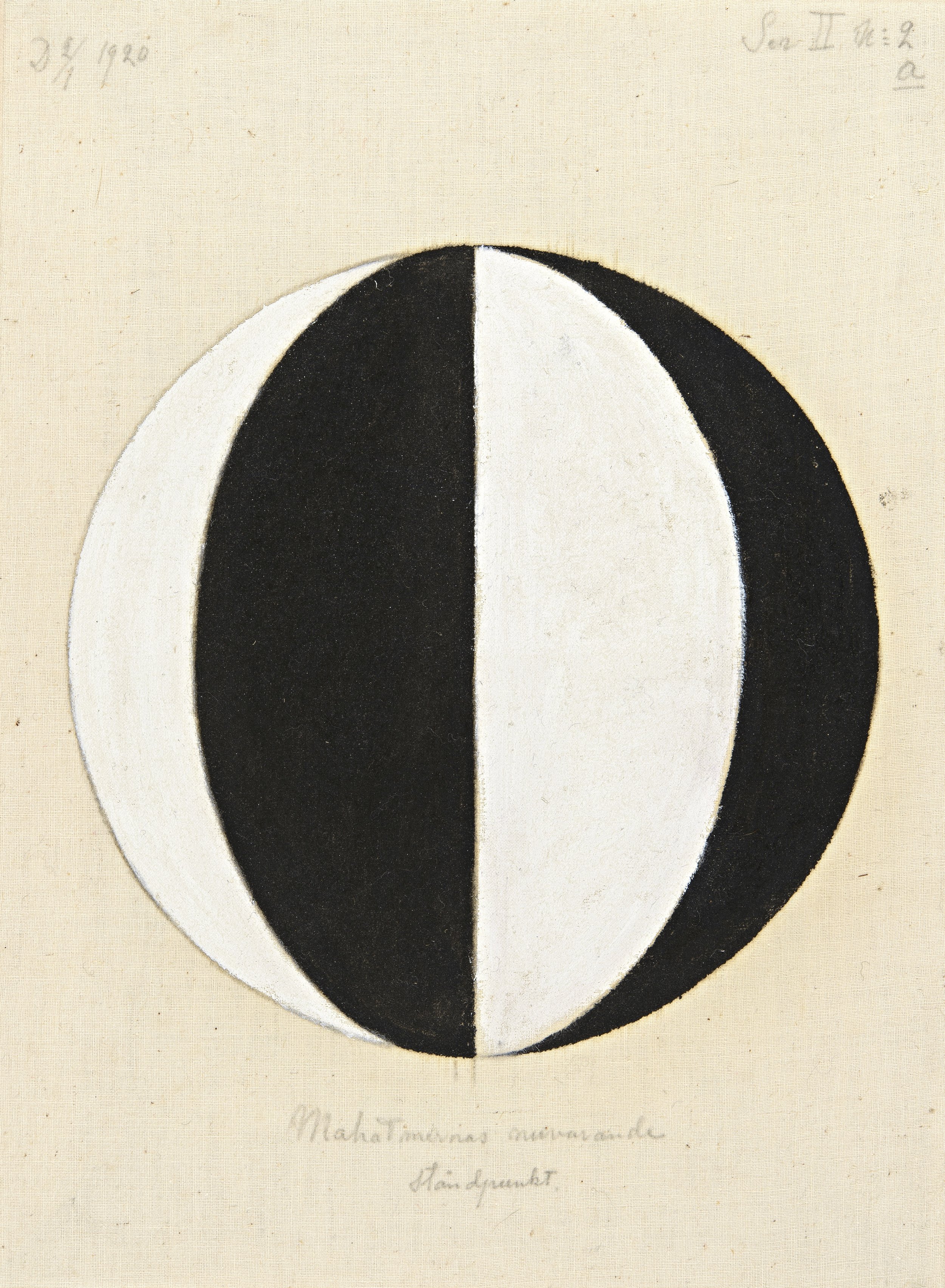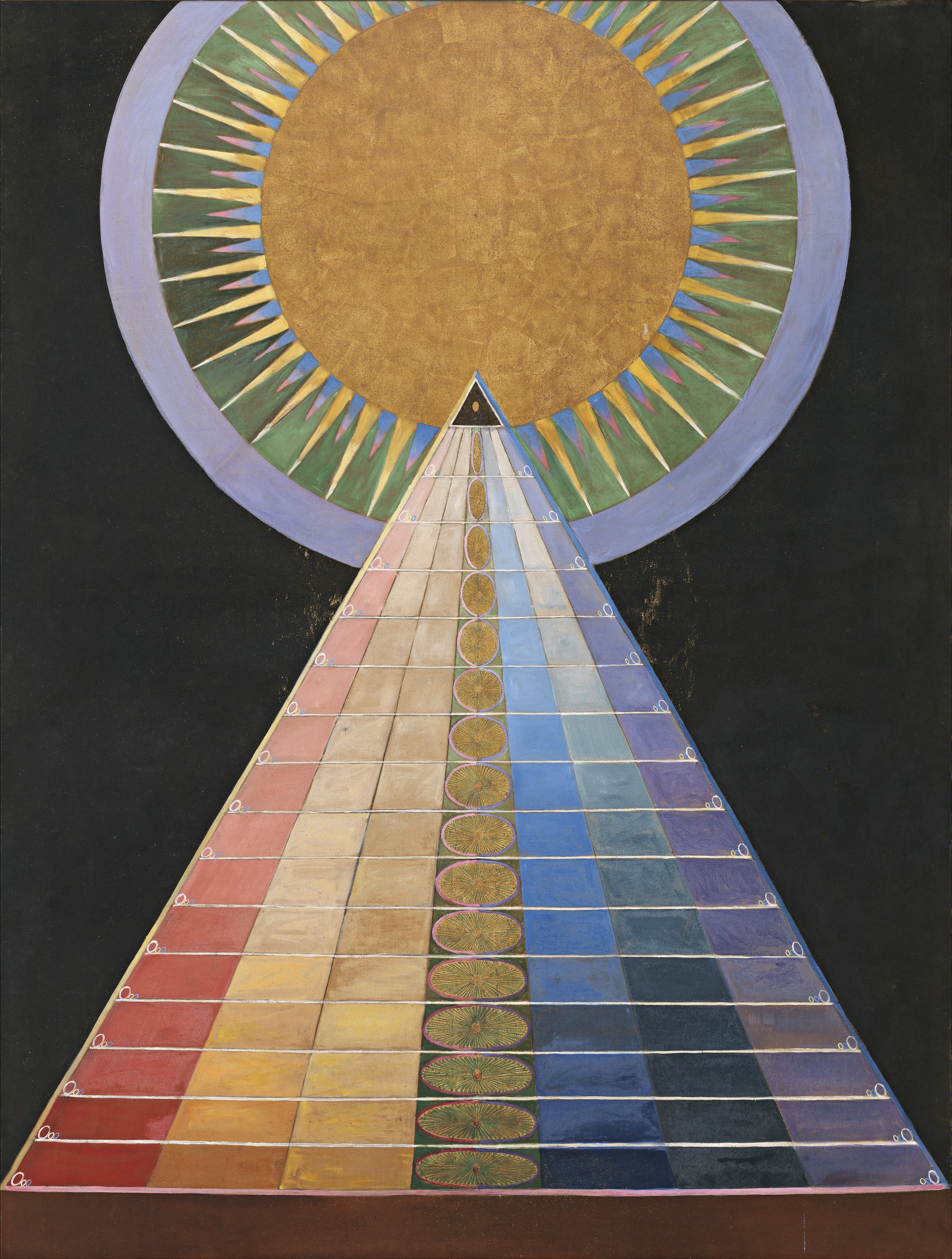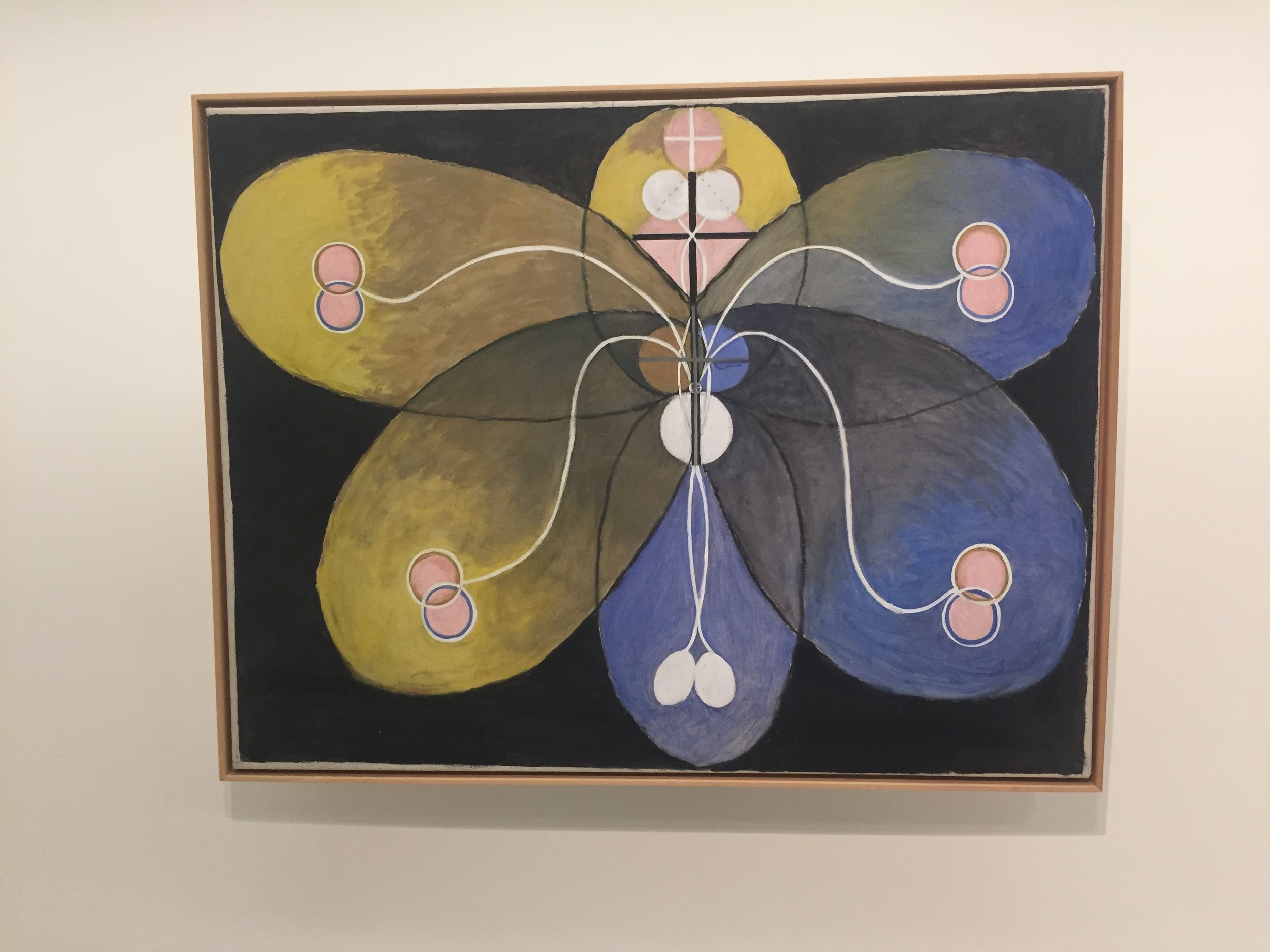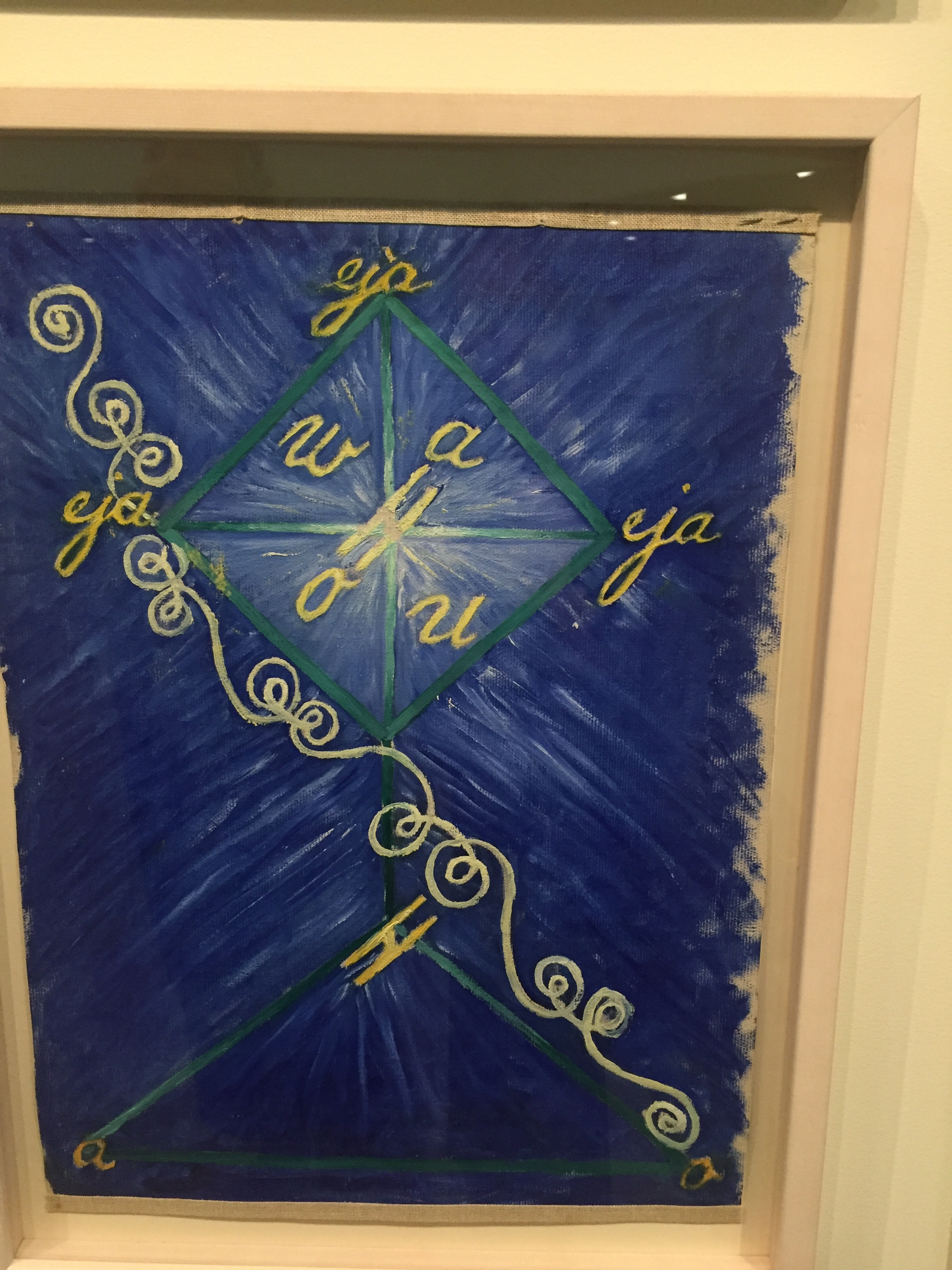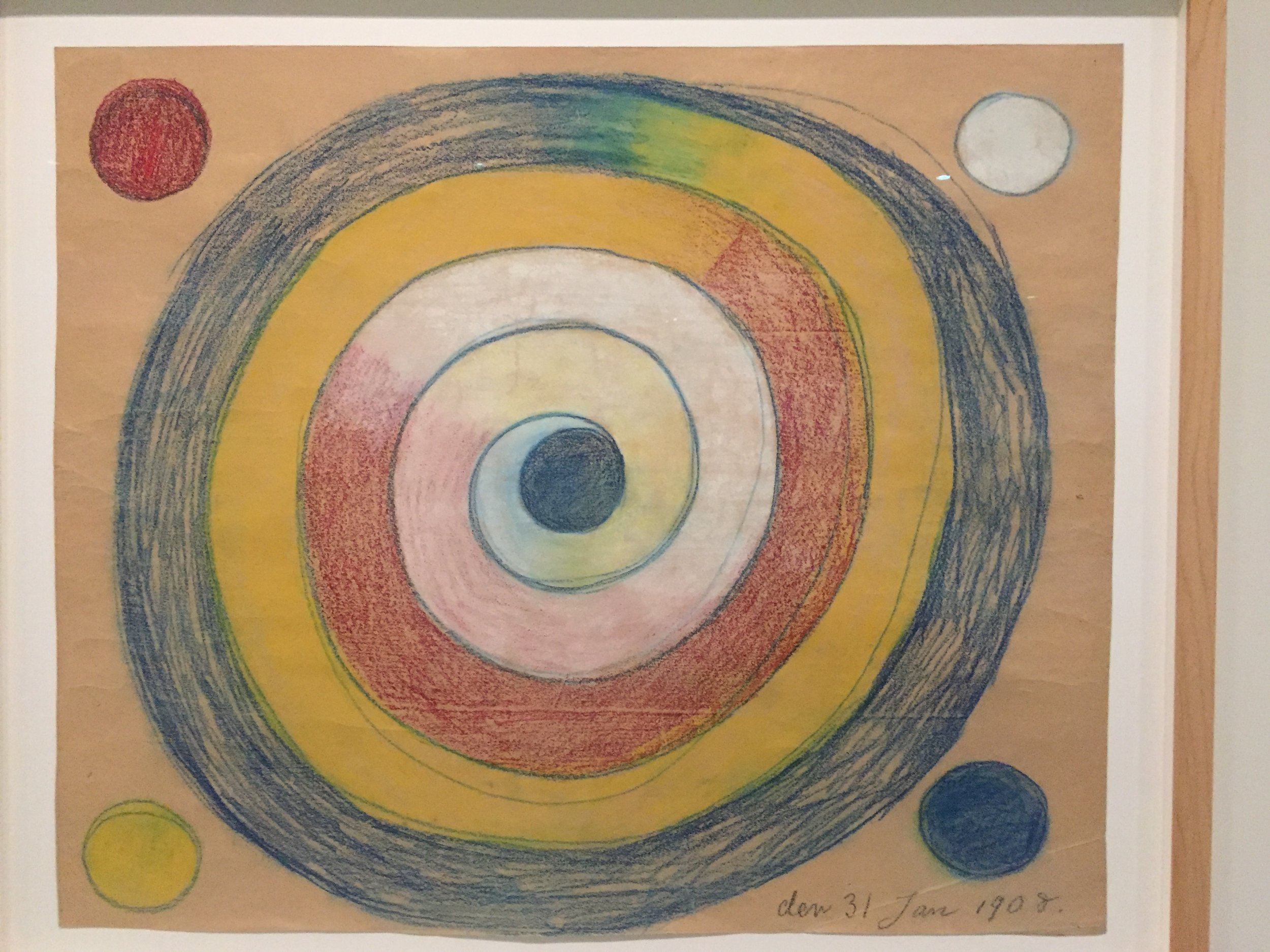The story of the San Francisco Maritime Museum, a hidden San Francisco gem, is not just one of architecture and design although that is what pops when you walk in the subterranean Ghirardelli Square-adjacent entrance. Looking out over the historic seafaring vessels of the Hyde Street Pier and the crescent shaped beach that could easily be mistaken for Miami, a visitor is struck by the graciousness of this temple to the history of West Coast Maritime History, rich with exhibits that speak of the life of the people who made their living at sea. Unlike the more famous Coit Tower however, also a product of WPA largesse, the Maritime Museum has been very much under the national radar until now. Built in 1939 jointly by the WPA and the City of San Francisco as a bathhouse, the museum is part of a National Park Service Maritime Historical Park that highlights the city's connection to the sea.
Though the exhibits fascinate, inevitably, what thrills are the sublime murals, tilework and paint fantasia that are the work of WPA artists, each with a very different background whose work combines to make this space as dynamic and important as any art moderne building in the world.
It is the characters and practices of these artists, their personal histories and lives, that make this building very special, easily as impressive as the Coit Tower. This weekend, the Museum reopens with a second floor of maritime themed murals which complement the first floor’s showier ones and a third floor of exhibits tracing the history of the building.
The whole project came to fruition over more than four years under uber-artist Hilaire Hiler who not only did the phantasmagoric first floor murals of the Lost Cities of Atlantis and Mu but supervised the other floors and artists and was the liaison to the architect. Hiler, a Jewish, 6 foot hulk from Minnesota who had his ears pinned back in an effort to appear smaller, was an American artist and color theoretician, a polymath who also wrote a bibliography of costume, worked as a set designer and jazz musician and whose psychoanalytic training became the underpinning of much of his work. He attended RISD and became one of the many Parisian expats, befriending Henry Miller and Anais Nin and Hemingway among others at the Jockey Club in Paris where he was a host and was often seen out and about with his pet monkey. His ‘neonature' theories about art found supporters in Miller and William Saroyan and one ceiling, the Prismatarium” is an ode to his color theory in which he proposed that color and the human psyche interact to enhance creativity. He had a long, eccentric and distinguished career including a stop in Hollywood and a collaboration with Rene D'Harnoncourt in San Francisco. He was authoritarian but respected his fellow artists as they collaborated on the design of the over 20,000 square feet of the elegant building.
Sargent Johnson, once a prominent black sculptor, painter and ceramicist and Communist of African American, Cherokee and Swedish descent who designed the mosaic tile murals was inspired by the work of Diego Rivera, Jose Orozco and David Siquieros.. His mosaic tile murals in shades of sea greens which grace the rear exterior deck overlooking the bay and his green carved slate which adorns the building entrance are further delights. Johnson had been orphaned as a child and grew up in asylums. He was born in the east but came to San Francisco to study and was employed by the WPA on a number of projects in a supervisory role. He had a small retrospective in Oakland in the 70s. He is lumped in with the Harlem Renaissance but in fact made his own way in the west. He was an artist who wanted above all 'to show the Negro to himself" even though he was half white.
Richard Ayer was charged with the newly refurbished second floor murals. The themes are nautical like puzzles which refer to abstractions of boat rigs, pressure points, wave patterns, plimsall, davits, signal rockets, naval arches, wireless hookups interspersed with wave forms, fish, spars, sea fowl. There are 5 shades of marine color and abalone shells in the terrazzo floor. Ayer used a novel technique called Polychrome Bas-Relief which allowed for raised areas depicting anchors, coral beds and birds. Artist Shirley Staschen, who had also done the WPA murals at the Coit Tower worked on the second floor murals with him.
Despite the fact that the WPA was meant to give work to American artists, many immigrants got involved when specialities were called for. An Egyptian tile worker custom cut and lay the tilework which was fabricated locally. Anna Medalie, Russian-born, assisted in the gold leaf and glazing on the first floor. (Women were largely equal partners at the WPA.) Benjamin Bufano, an Italian did most of the free standing sculpture. The socio-political values of the artists mandated that the space be open to the "public". They protested and walked off the job when they feared it might become too exclusive.
The basement or ground floor was the beachgoers entrance, through turnstiles and a newly invented system of sanitization including foot baths and automatic sensors that turned on the showers, stainless baskets to keep clothing, one room each for boys, girls, women, men.
Upstairs a radio room with vintage equipment has been reconstructed.
The structure, once referred to as a ‘Casino’ at which elegant parties and dinners were often held has gone through a number of iterations, but is now a monument to the life of the sea--the seductive, watery depths below abundant with marine life, the boats and tools of the trade at eye level--and to modernity, and to the WPA and its profound importance in our cultural history.This whole notion of public access and innovation is a testament to the way the federal government, when its working properly, can utilize the arts for the benefit of the public as no other entity can. The Park Service has been working for years on this new restoration and I could not think of a finer place for my tax dollars.
Images courtesy National Park Service, San Francisco Maritime Museum and the author
